If there was one thing we wanted to do in Sikkim, it was definitely the famous Monastery Route. We had traveled across India from north to south and from south to north and we had not yet done any long walks.
We wanted to take advantage of this 5-day route to start greasing our rusty joints and get some exercise before starting the Annapurna trekking that we would begin in a couple of weeks.
We took it as a little training session, taking advantage of the fact that it was a mountainous and cool area, so let’s say it was our little acclimatization.
At 8:30 in the morning of our second day in Pelling we set out to pick up our new travel companion, Pauline, a young French woman we had met the day before visiting the monasteries and who coincidentally was going to start the same tour that day.
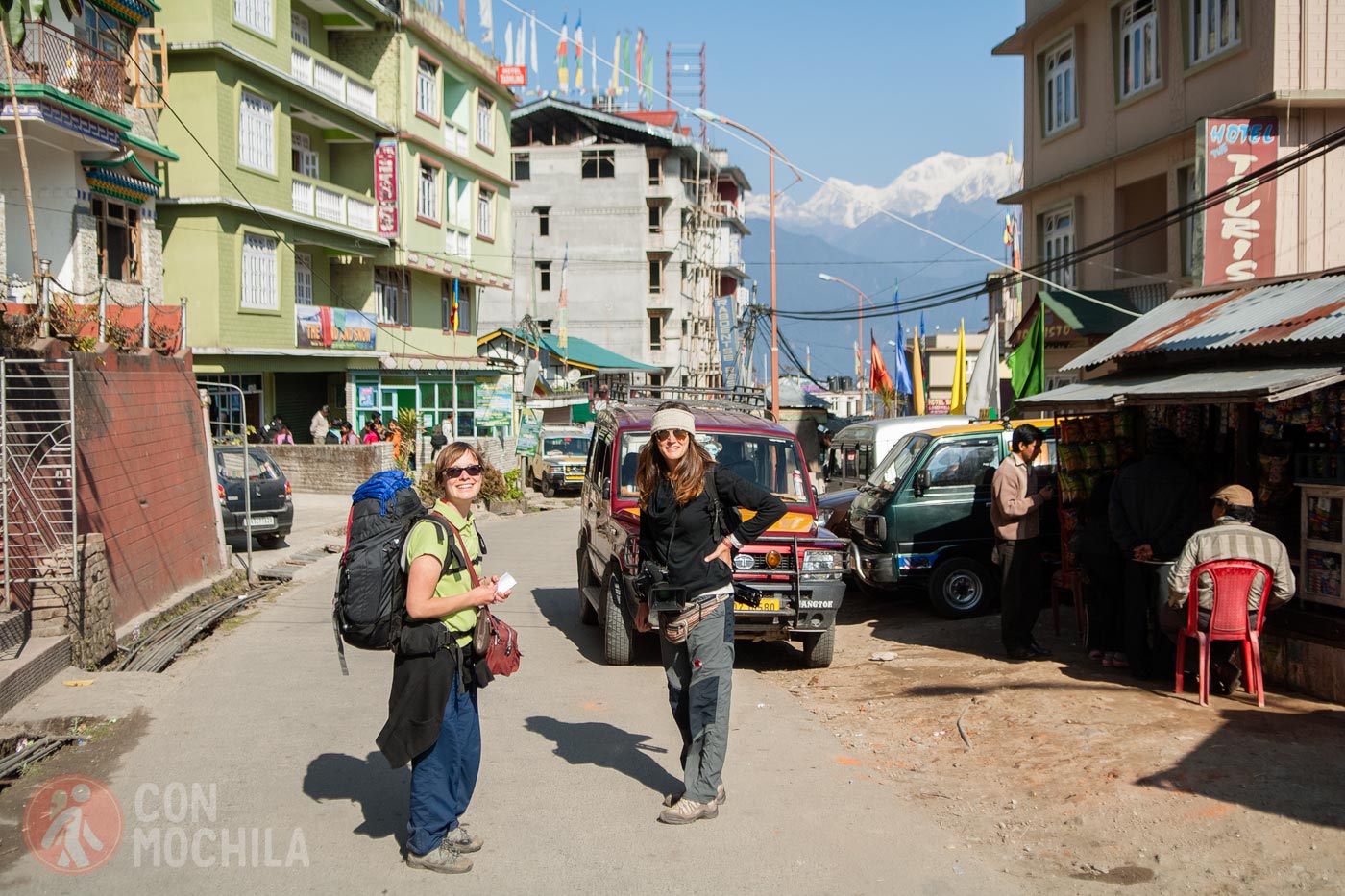
After not being able to speak to anyone at the tourist office, our only guide was a hand-painted map that a guy from the guesthouse had gotten us and the help of the people we met.
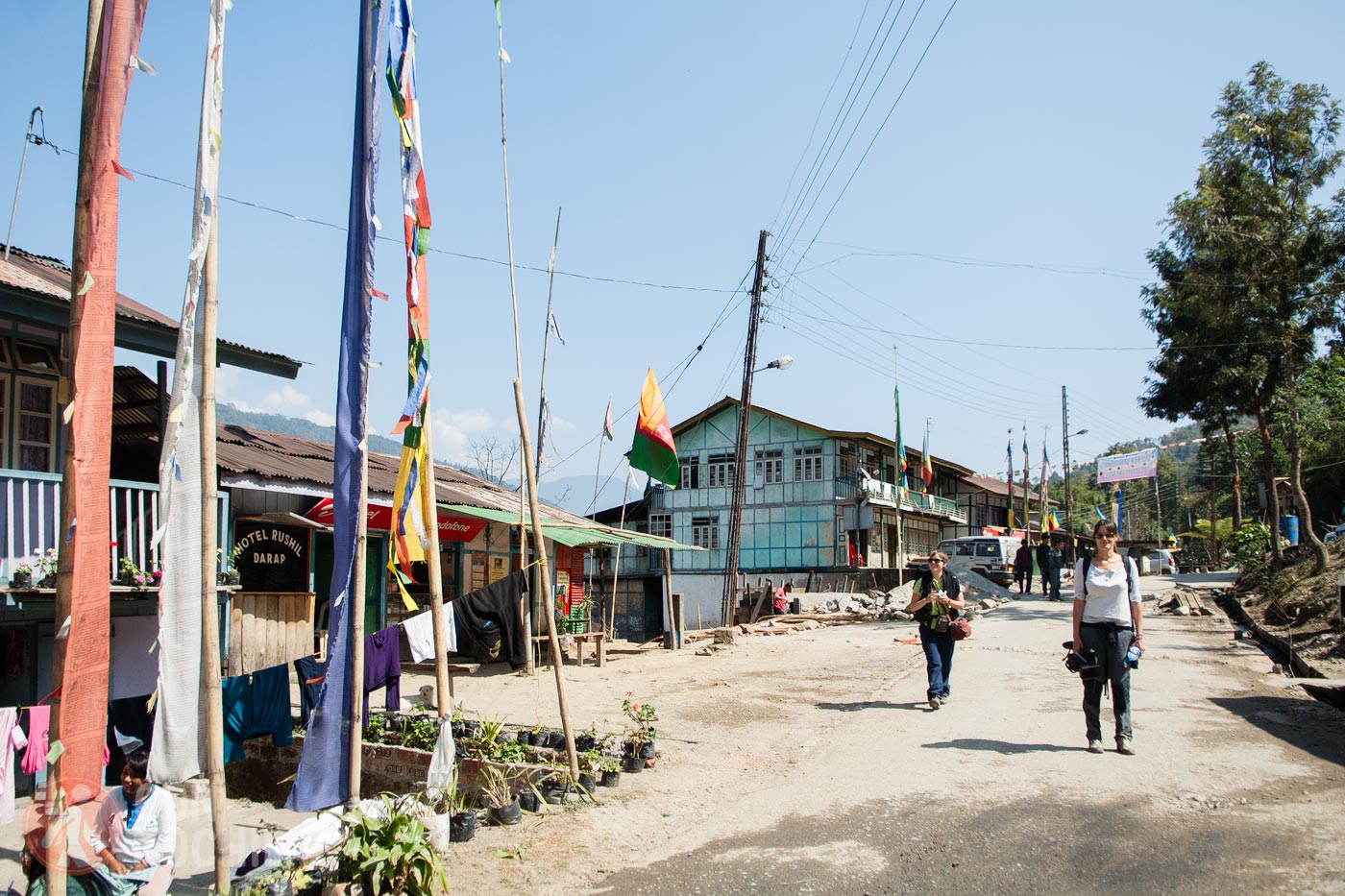
However, during the first two hours it was quite easy not to get lost, because you only had to descend the first section by road and then down the mountainside.
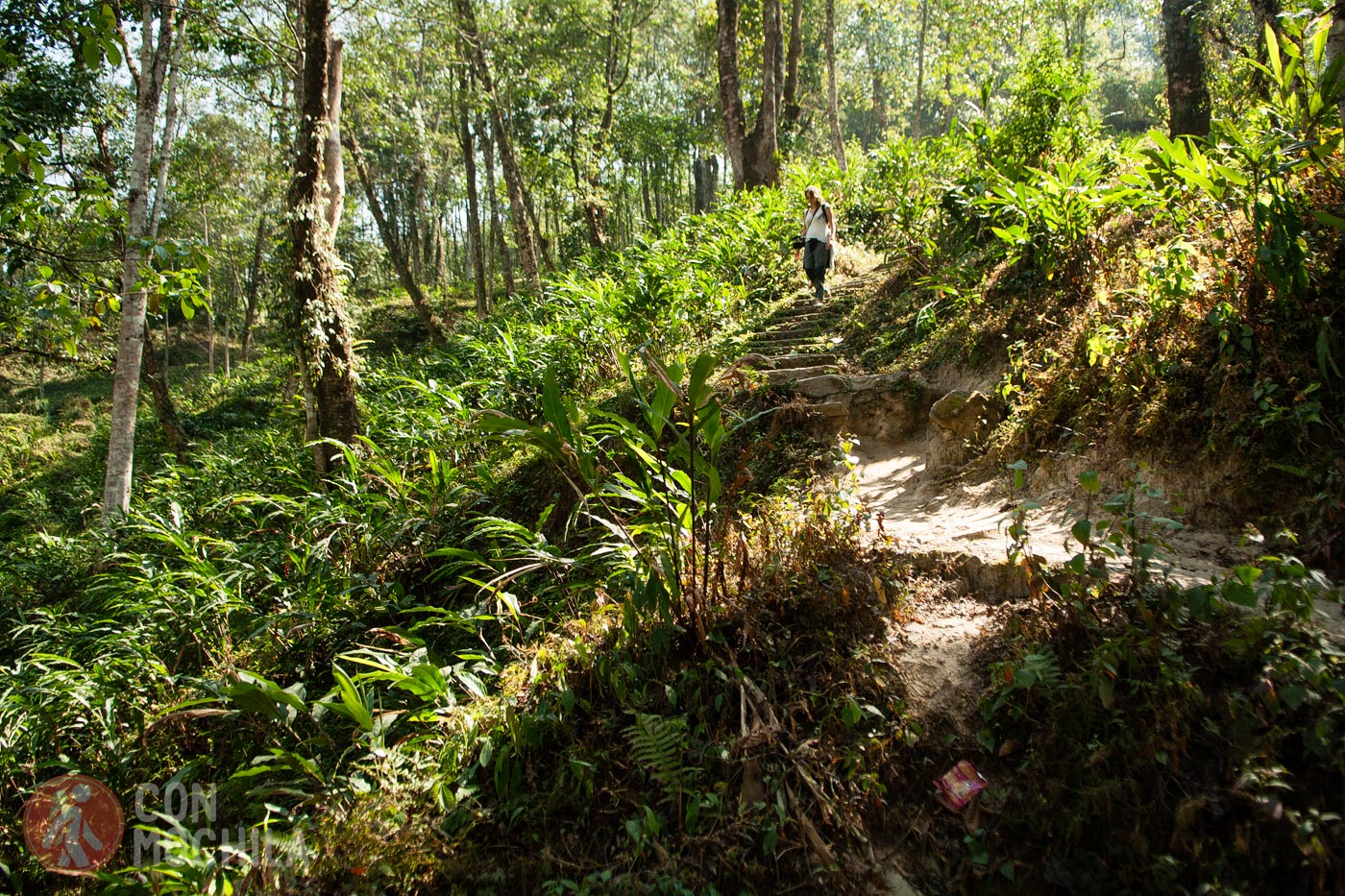
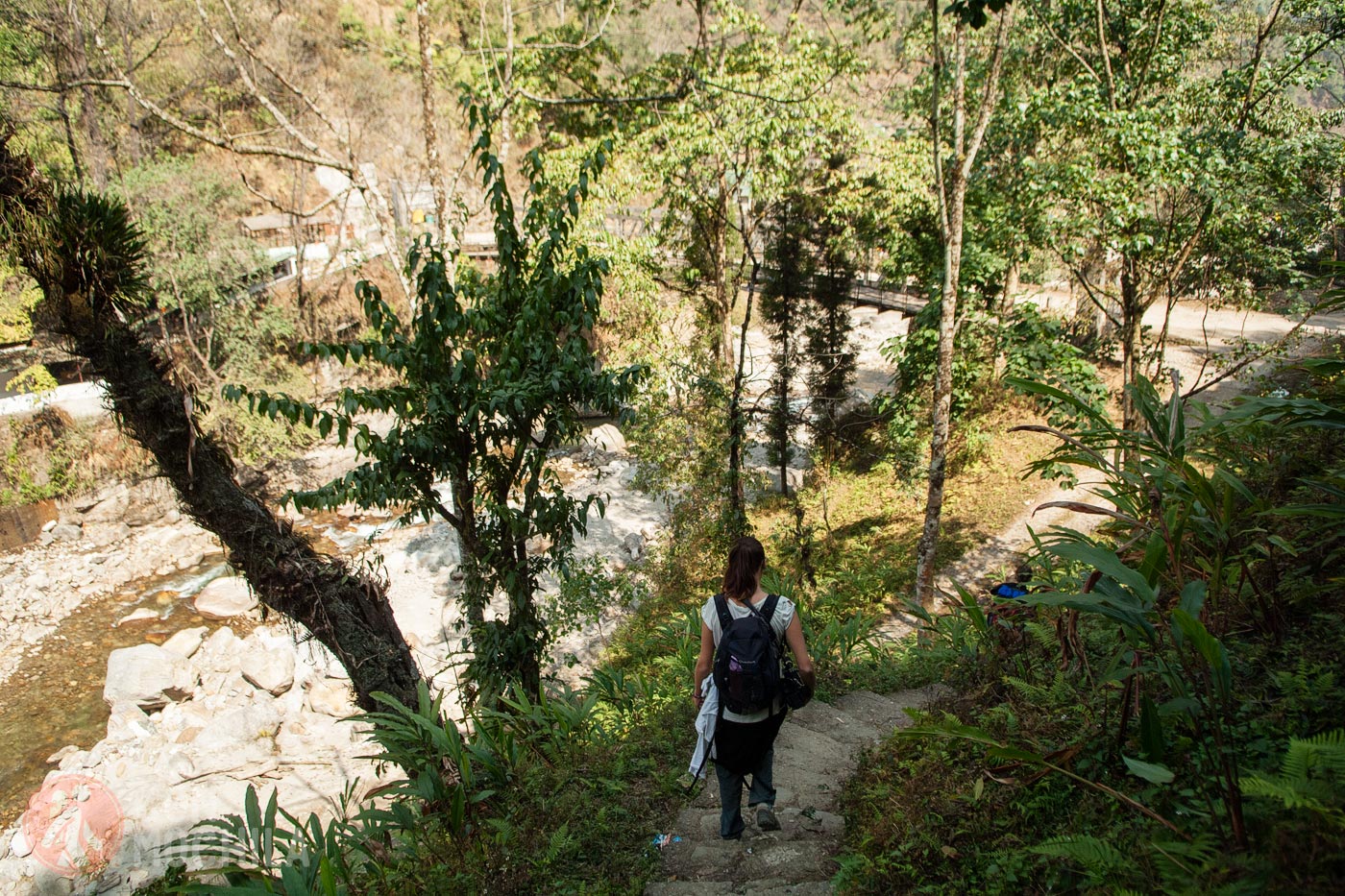
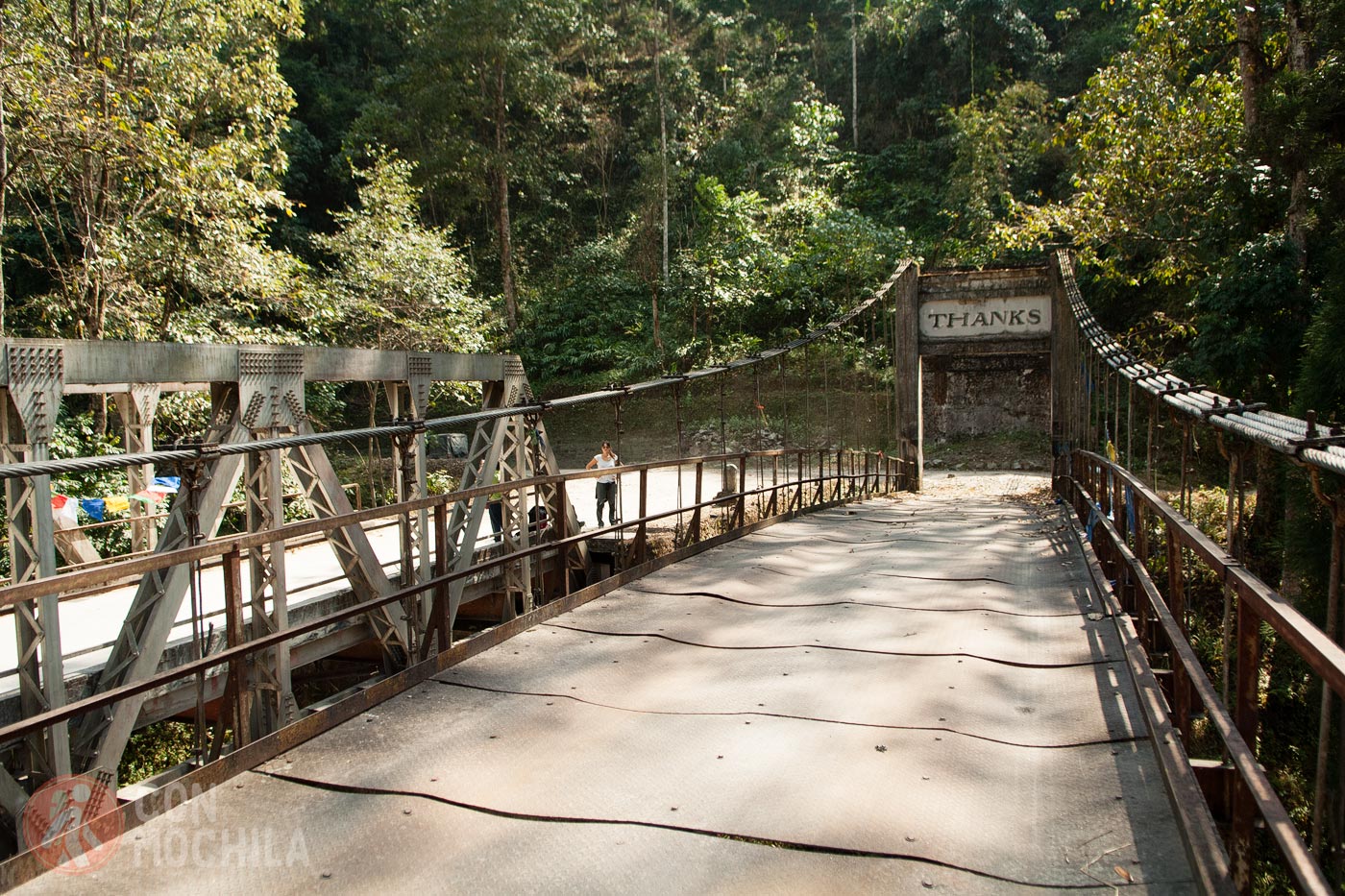
After a short break at the river to eat some fruit we had in our backpacks and get some energy, things started to get more serious.
It was time to start climbing uphill along small paths where there was hardly anyone to ask if the right one was the one going to the left or the right.
On more than one occasion we had to retrace our steps after realizing our mistake.
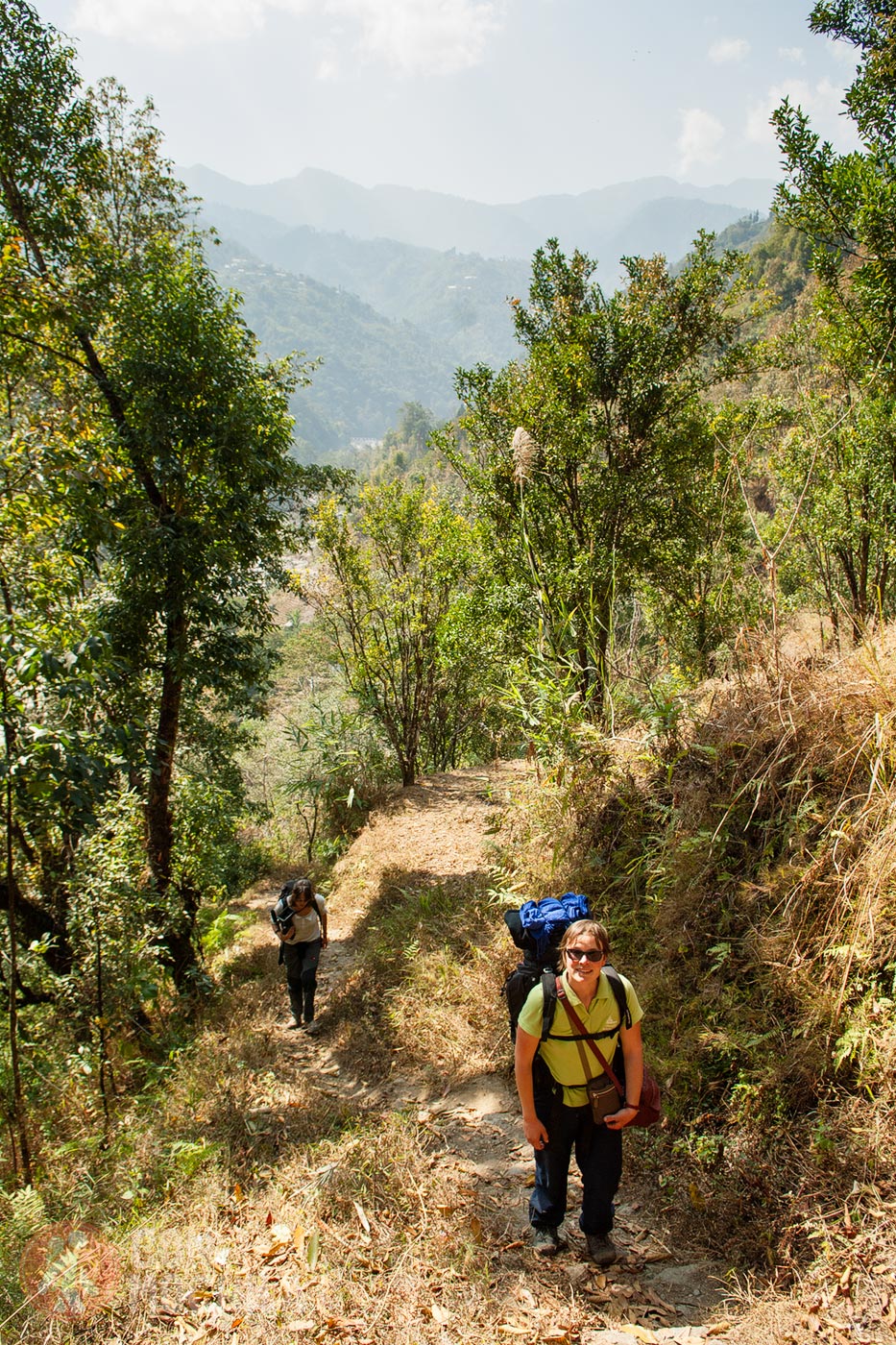
However, it was not more than three hours of effort and just when the children were leaving school, we arrived at Meli. There, the gestures of the people ended up taking us to the upper part of the town where there was a small homestay of a humble family.
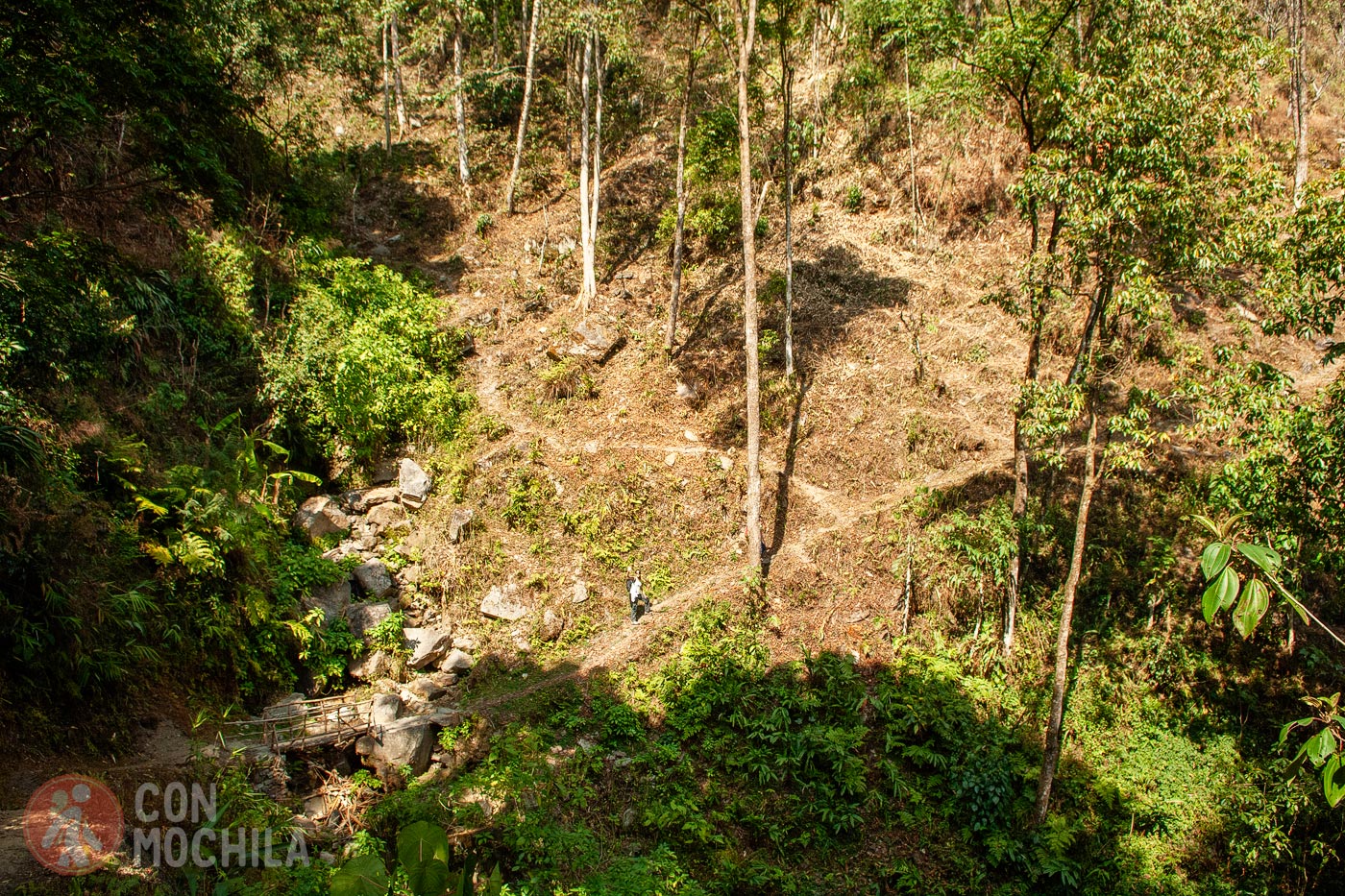
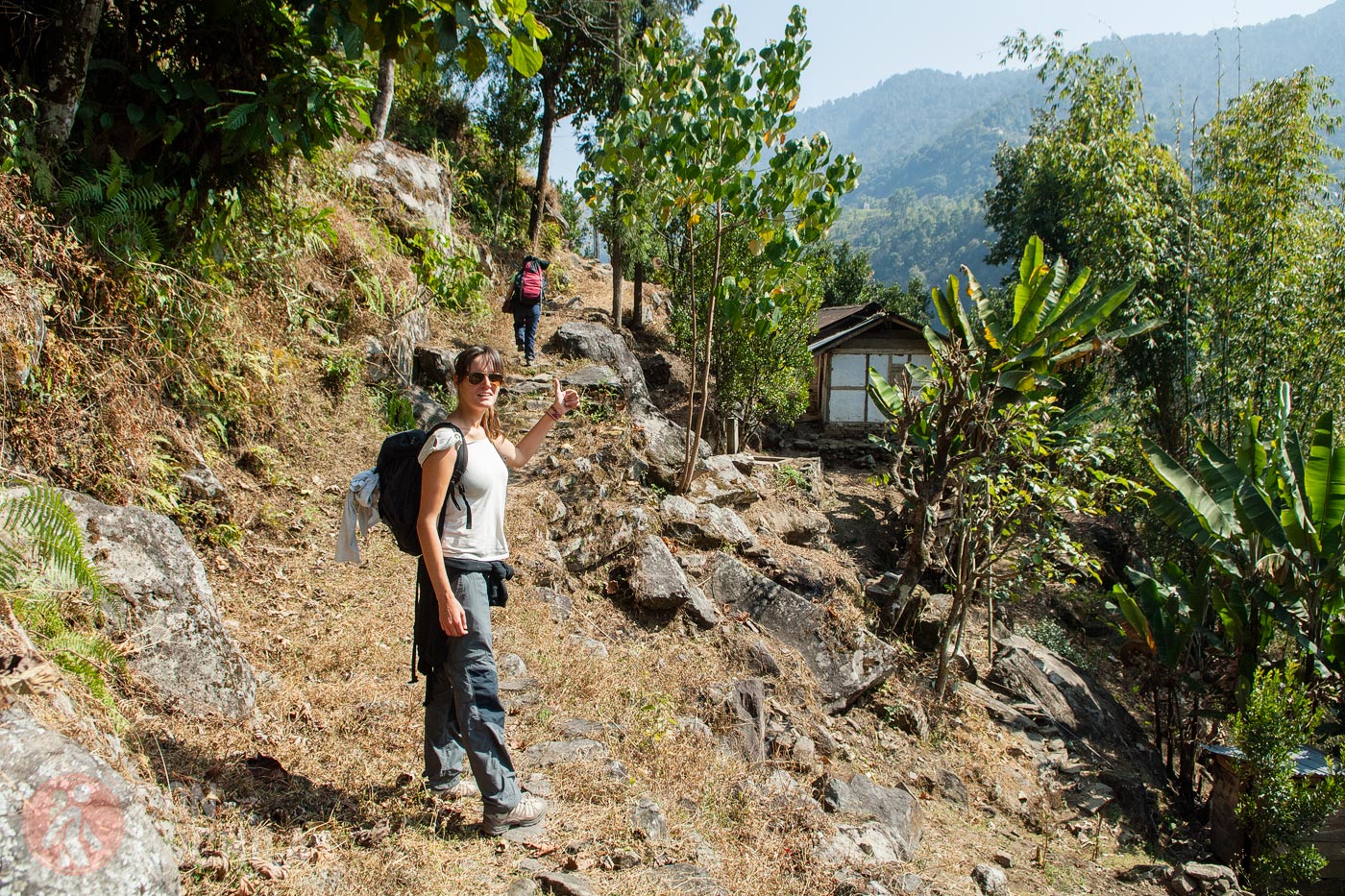
Although they had not expected our visit, they welcomed us with smiles and the youngest member of the family, showing off the English he was learning at school, offered to give us a short guided tour of the town, which had little to offer but some beautiful views to give us.
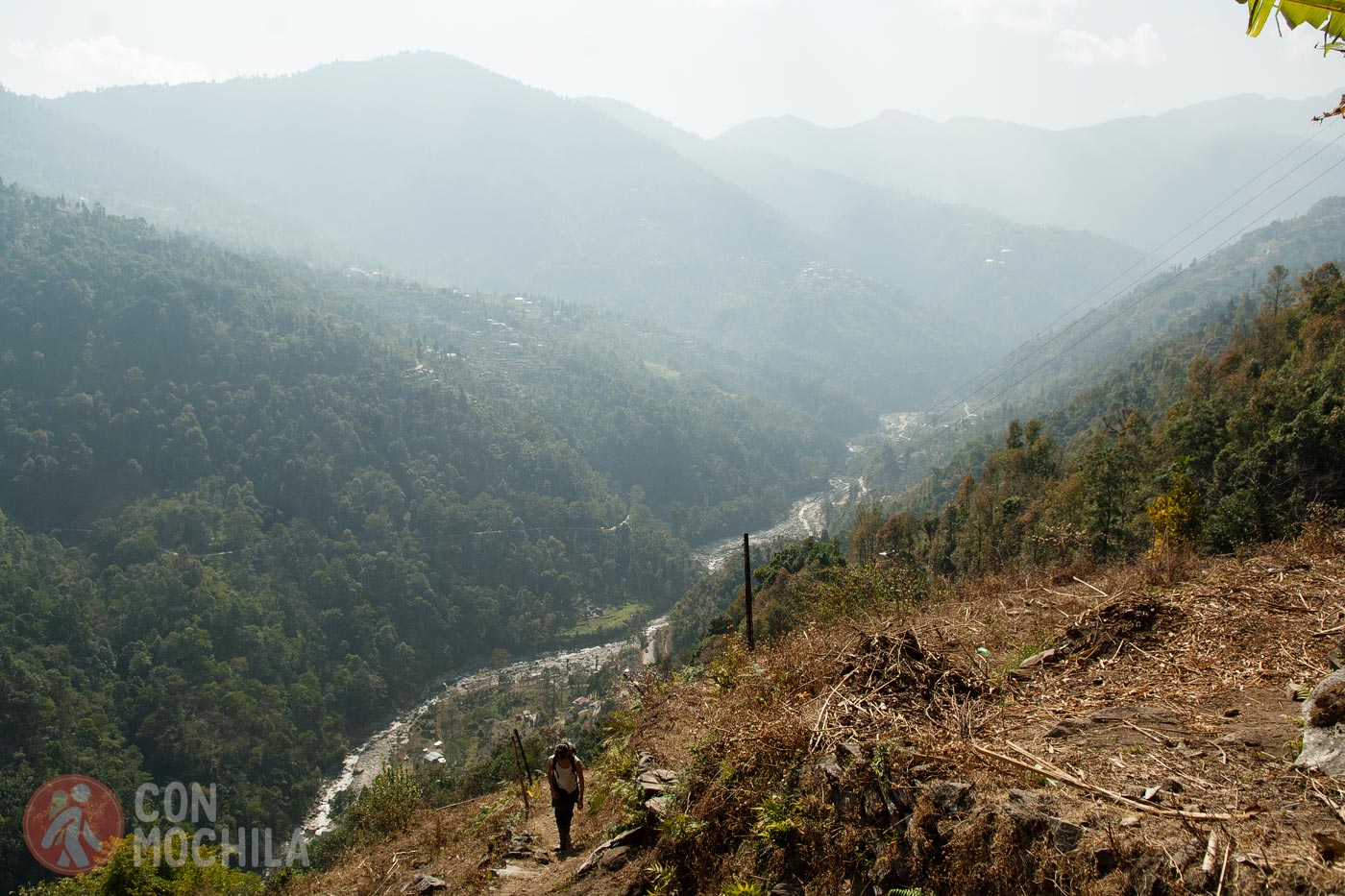
A homemade bamboo beer and a delicious dinner were waiting for us when we returned home, and amidst curious glances and shy smiles we enjoyed all the food they had prepared for us. Despite the cold outside, the warmth of that family was like the best of bonfires.
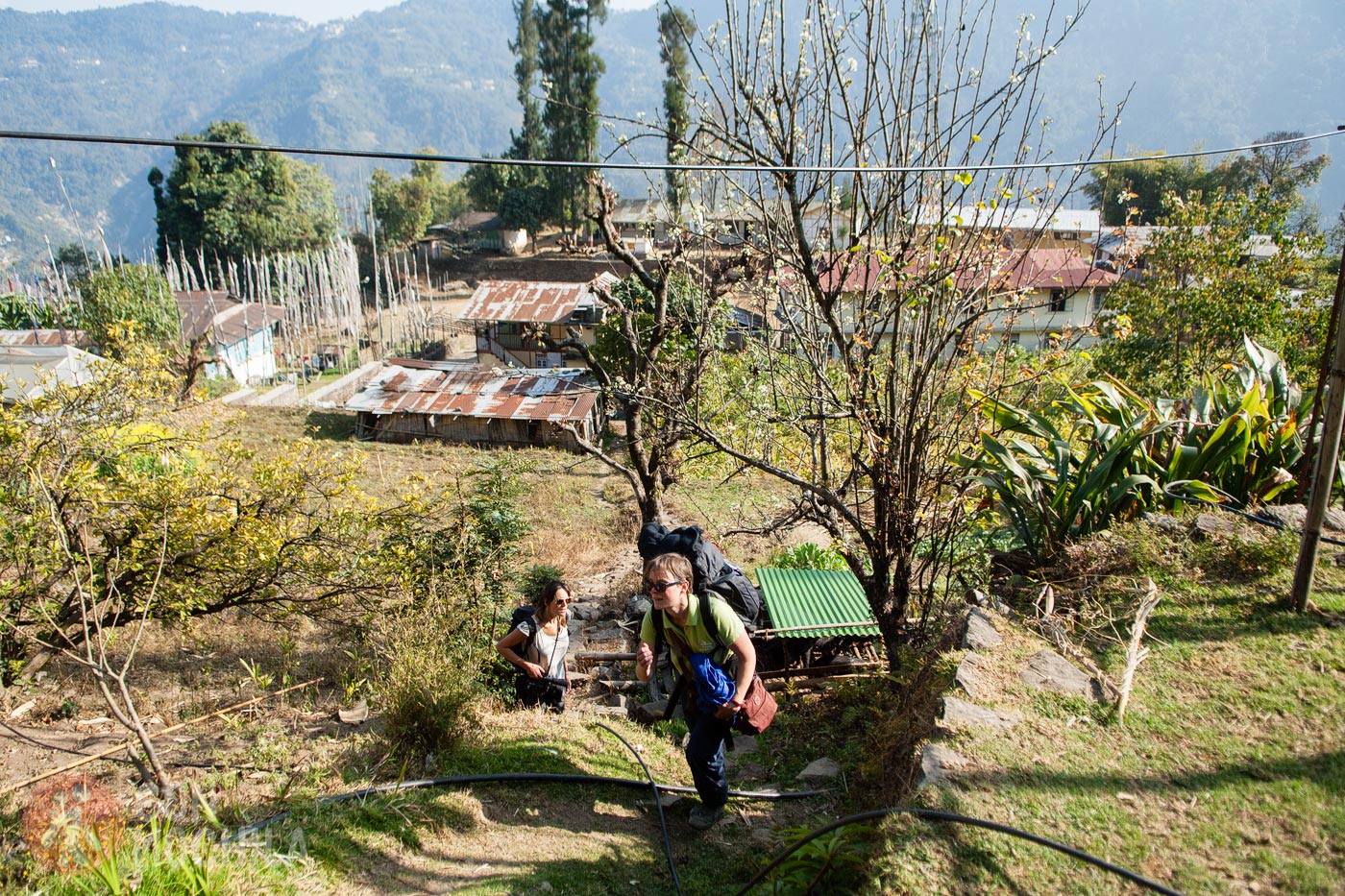
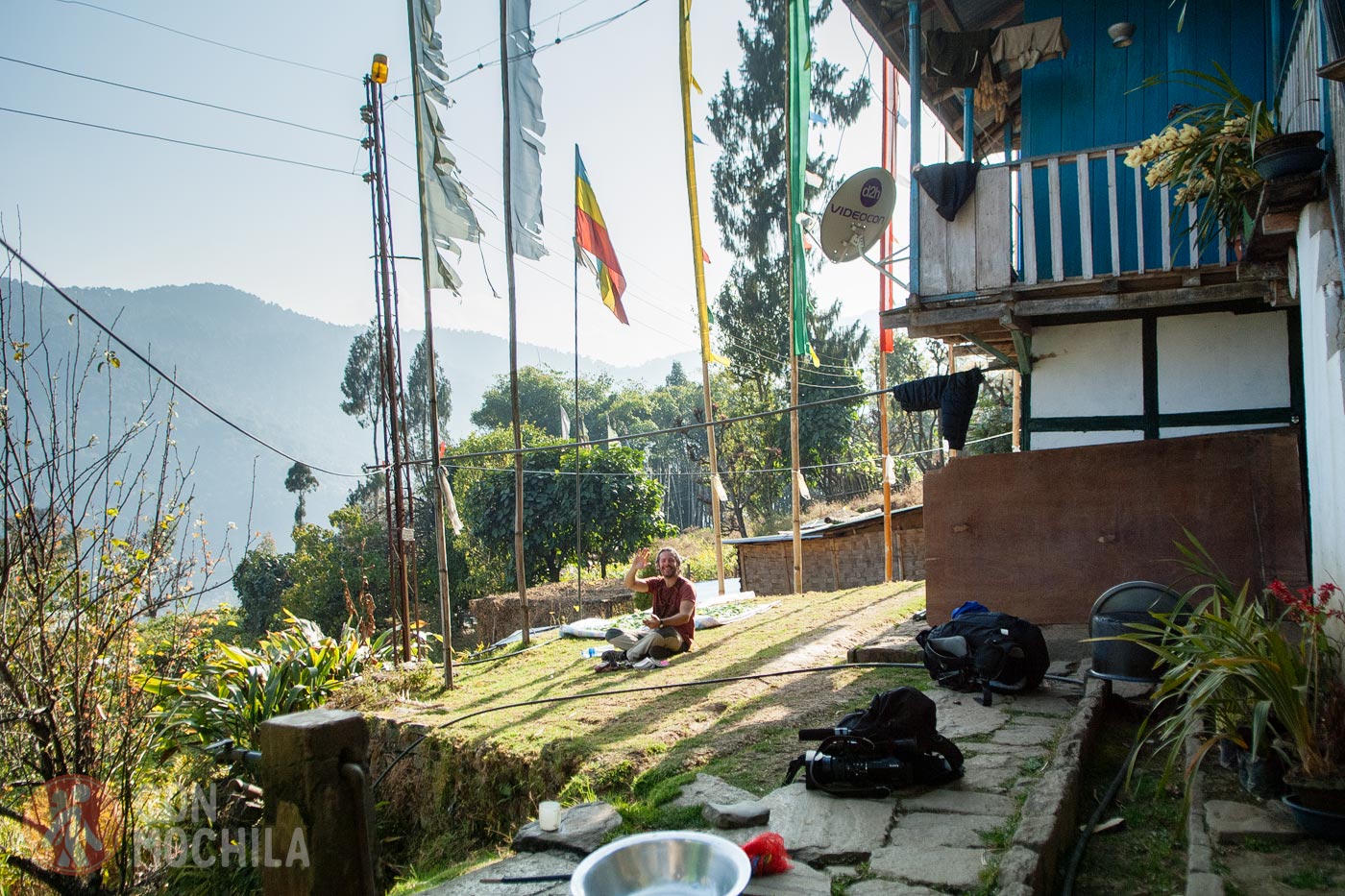
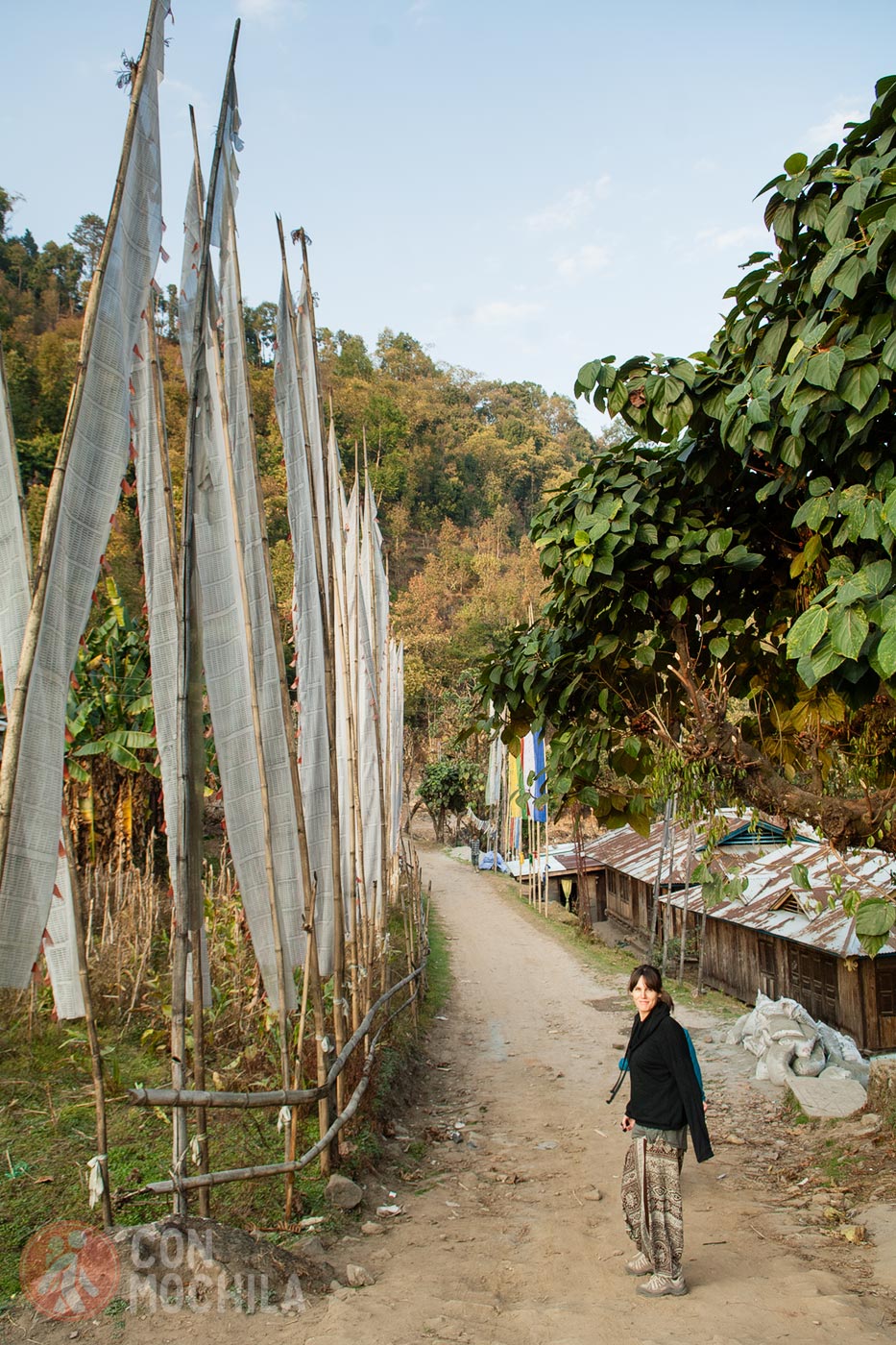
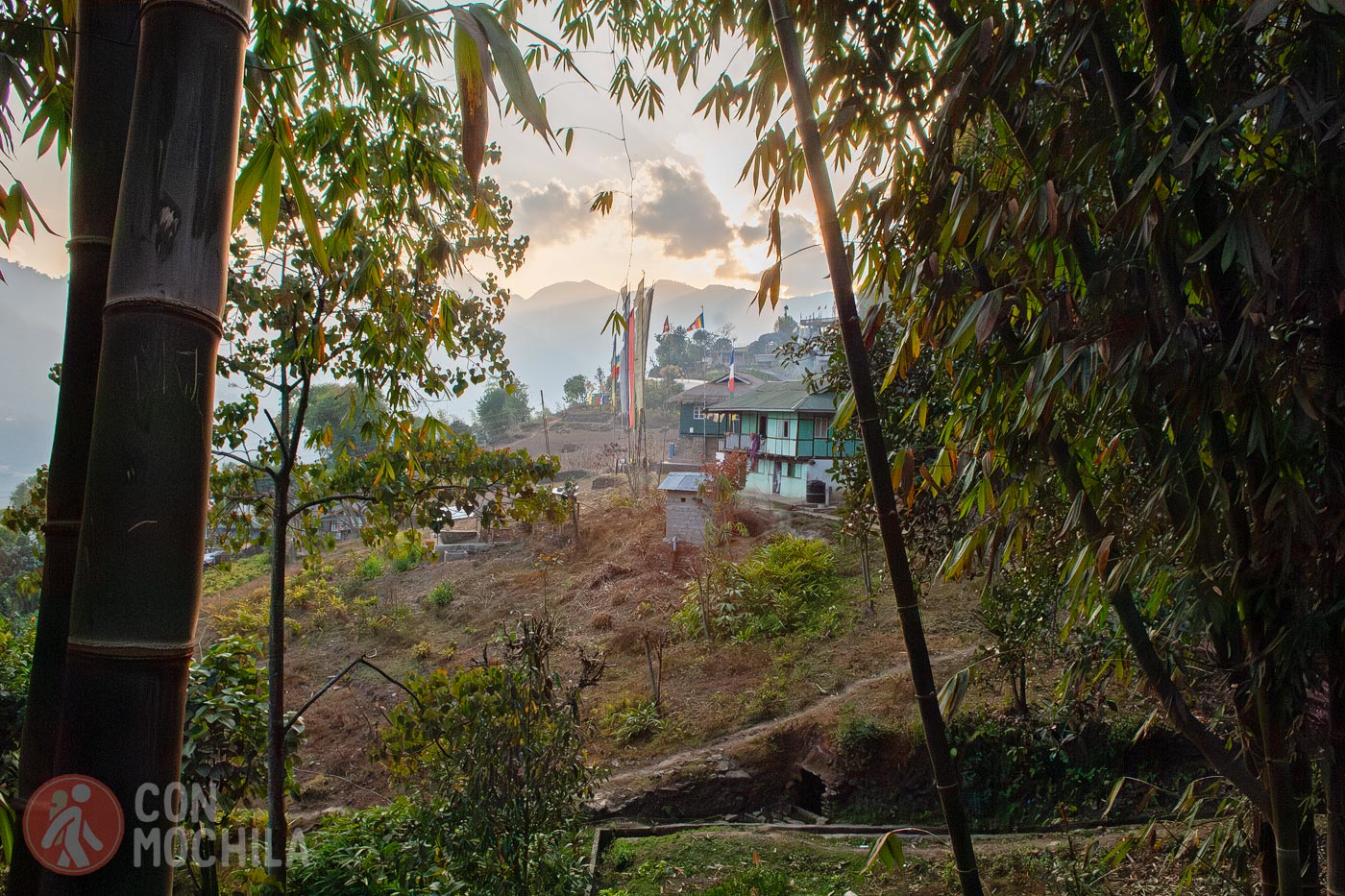
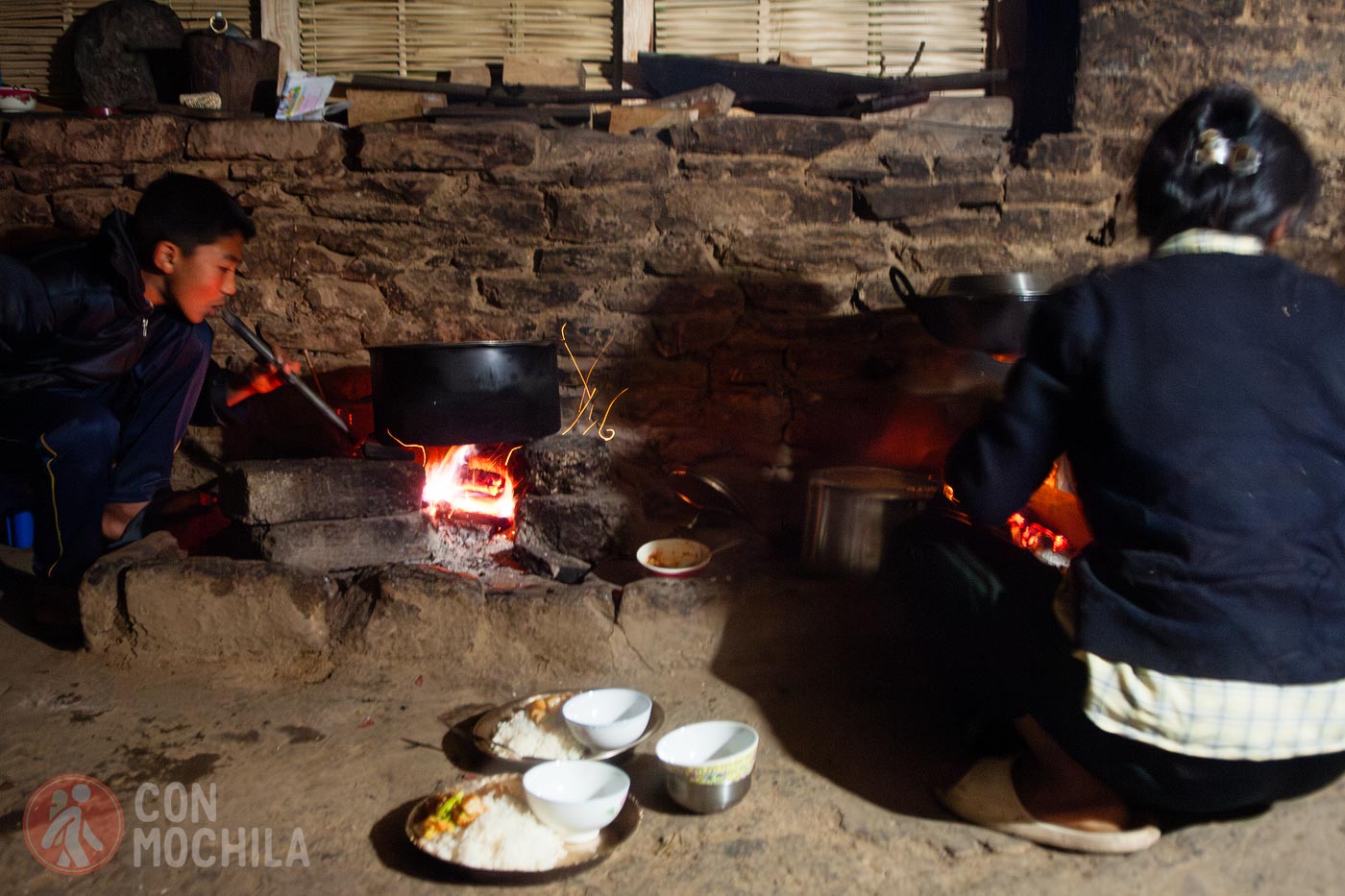
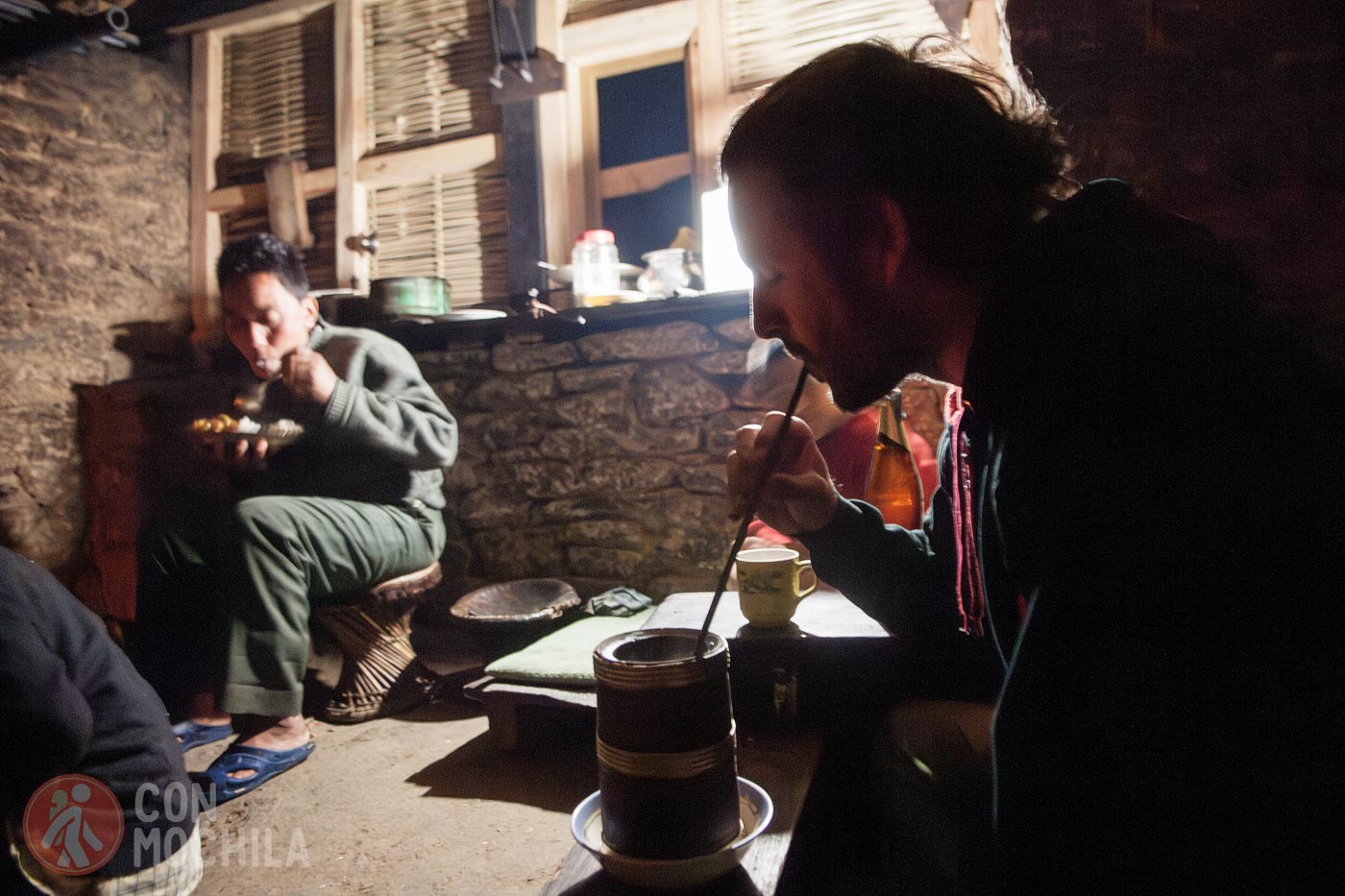
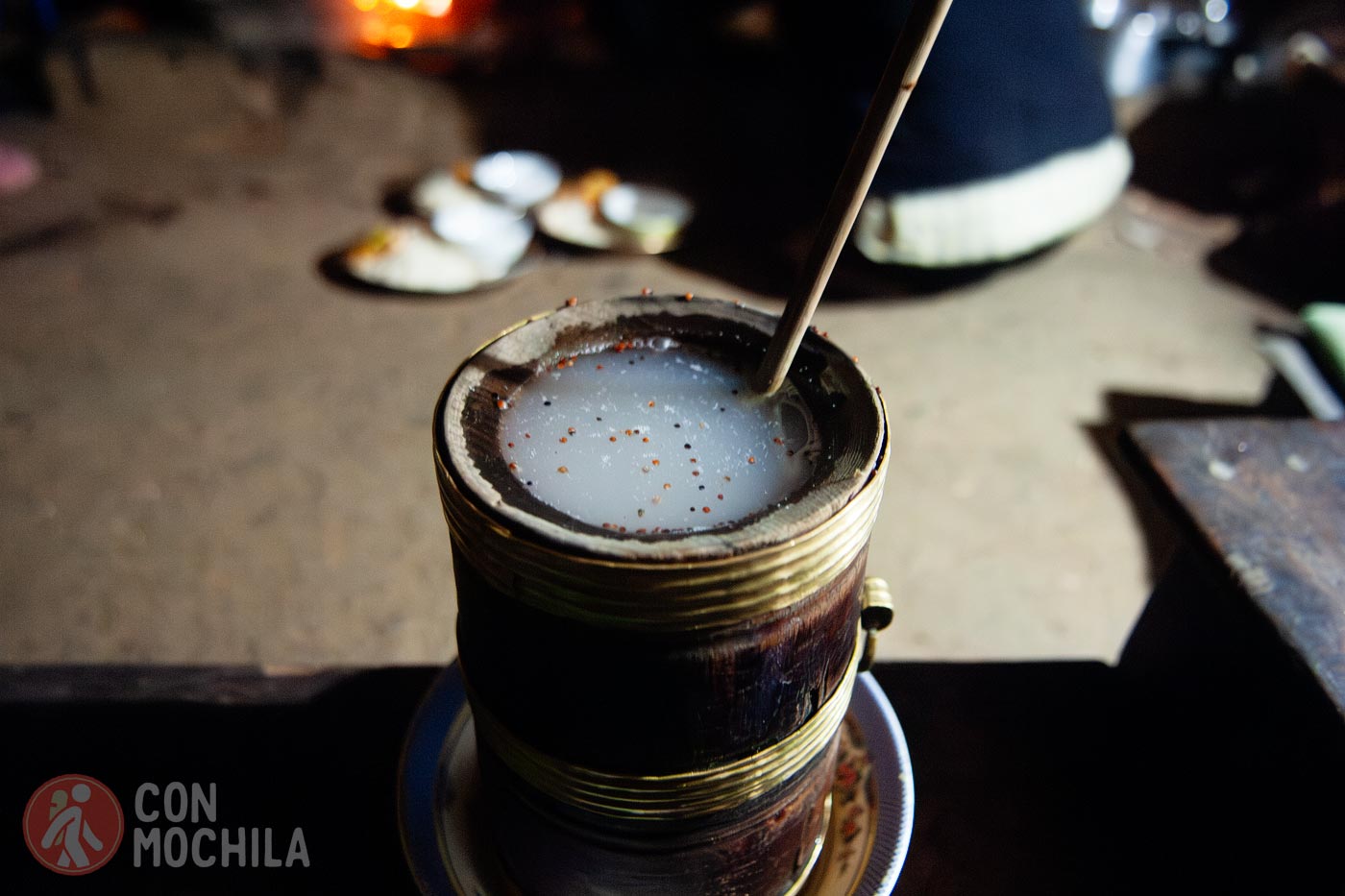
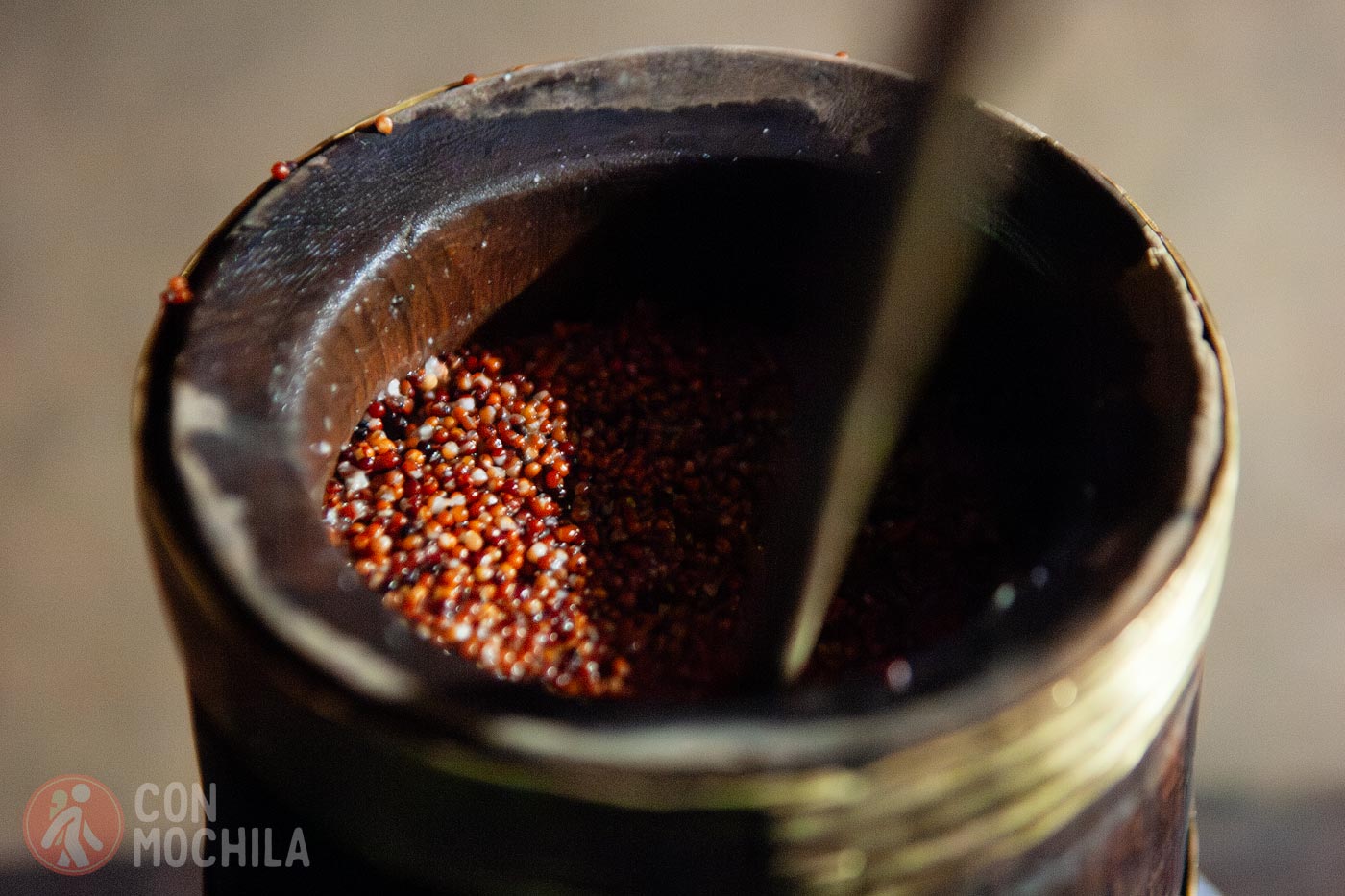
The second day started with a morning hike to the top of the mountain on which Meli is located. At the top there is a Tibetan Buddhist monastery, which, although not very far away, you really have to be willing to go to get there.
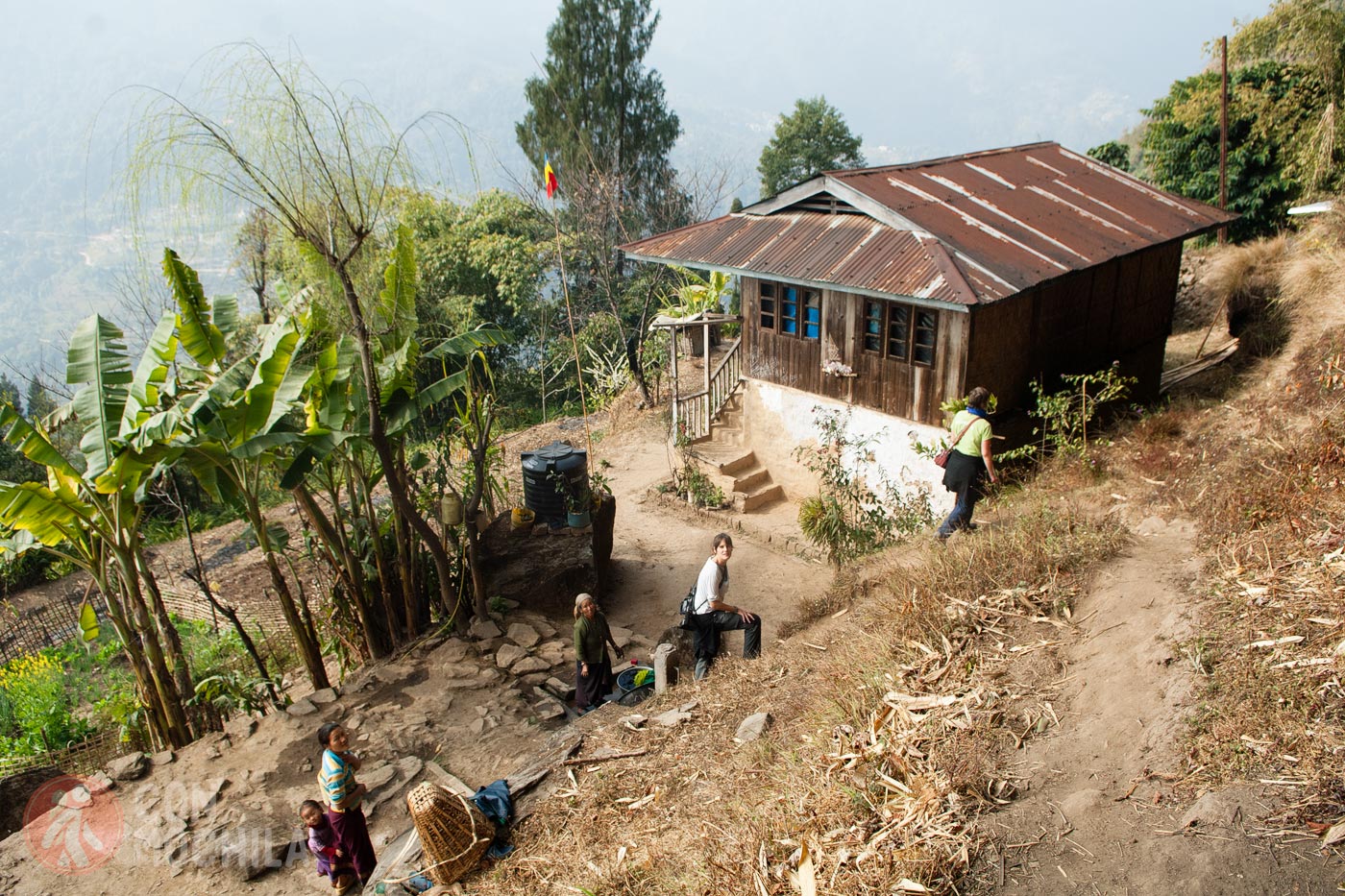
The steep slope almost made us throw out our livers early in the morning, but after the effort of the climb the reward was seeing how the Buddhist monks made crafts and restored the sacred place.
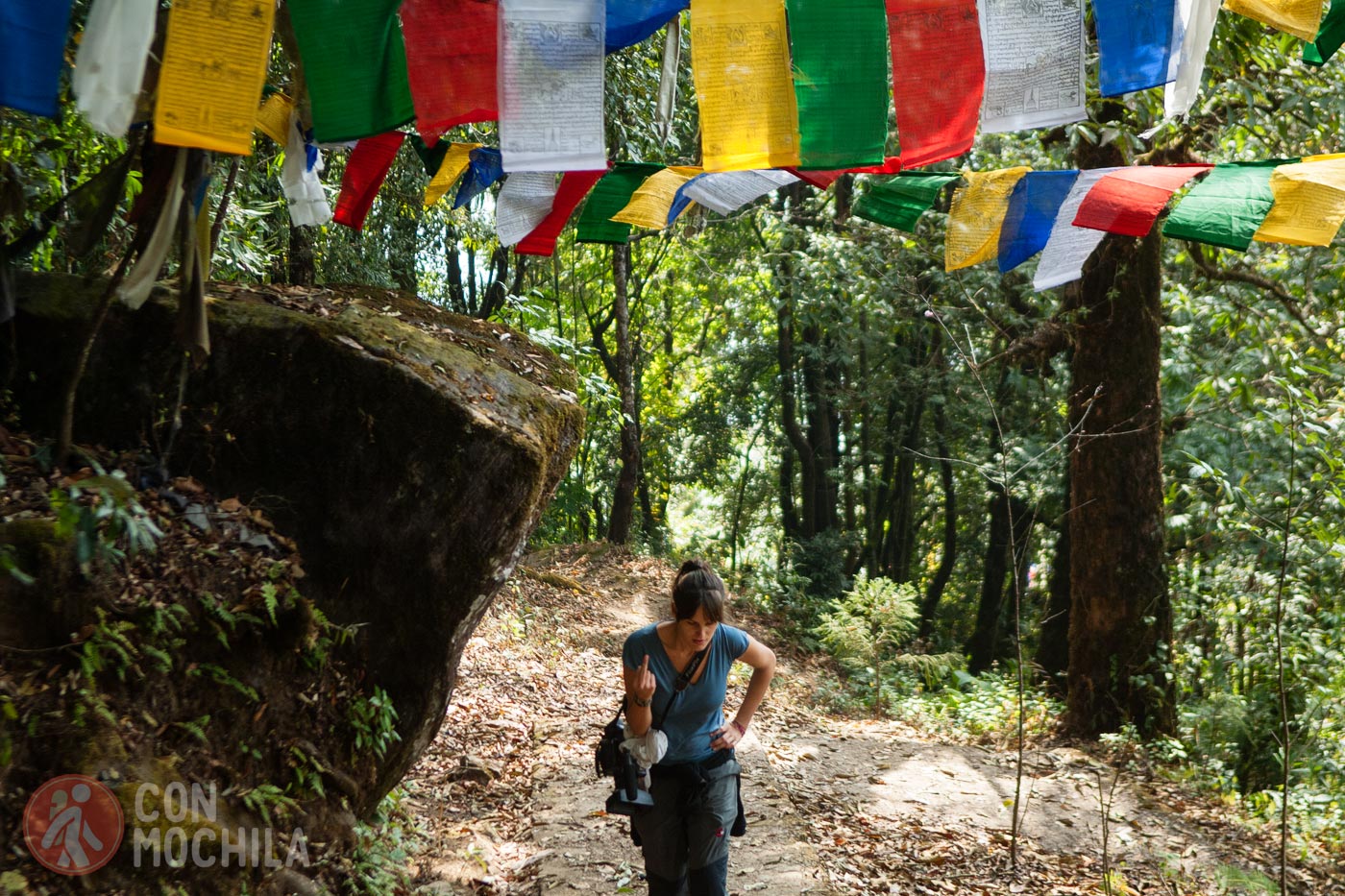
Some made flags, others clay figures, and others painted drawings on the entrance walls.
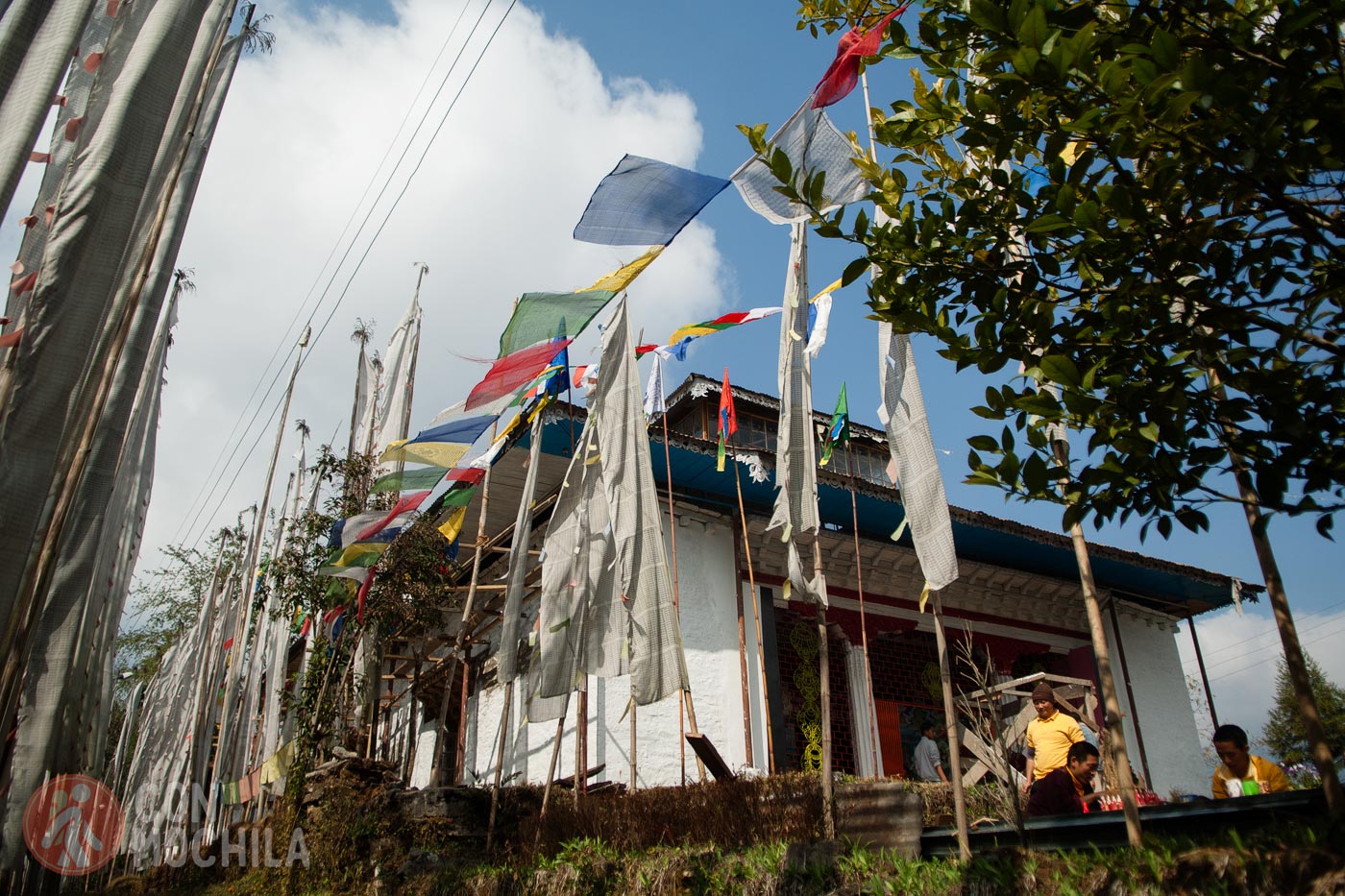
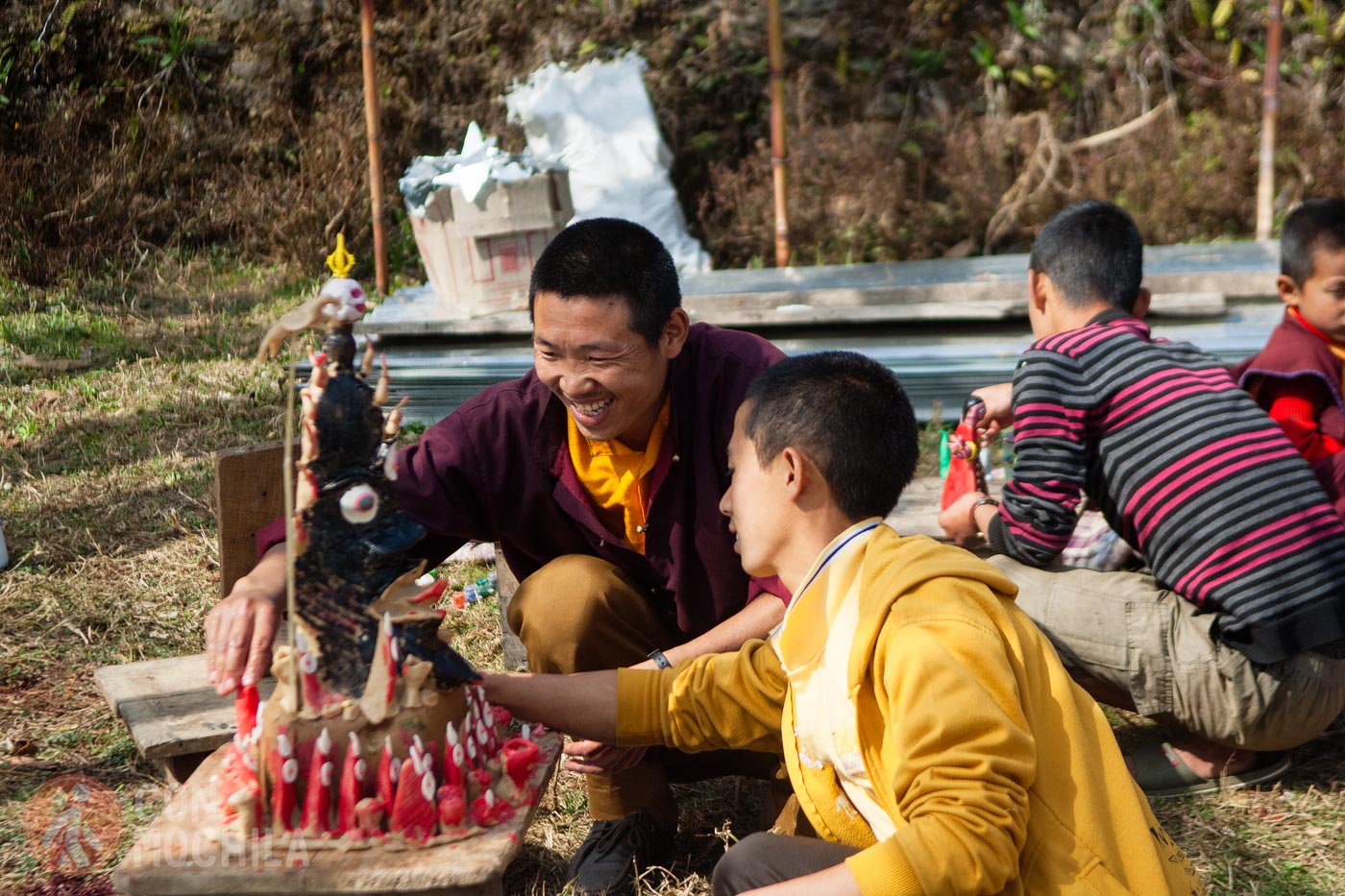
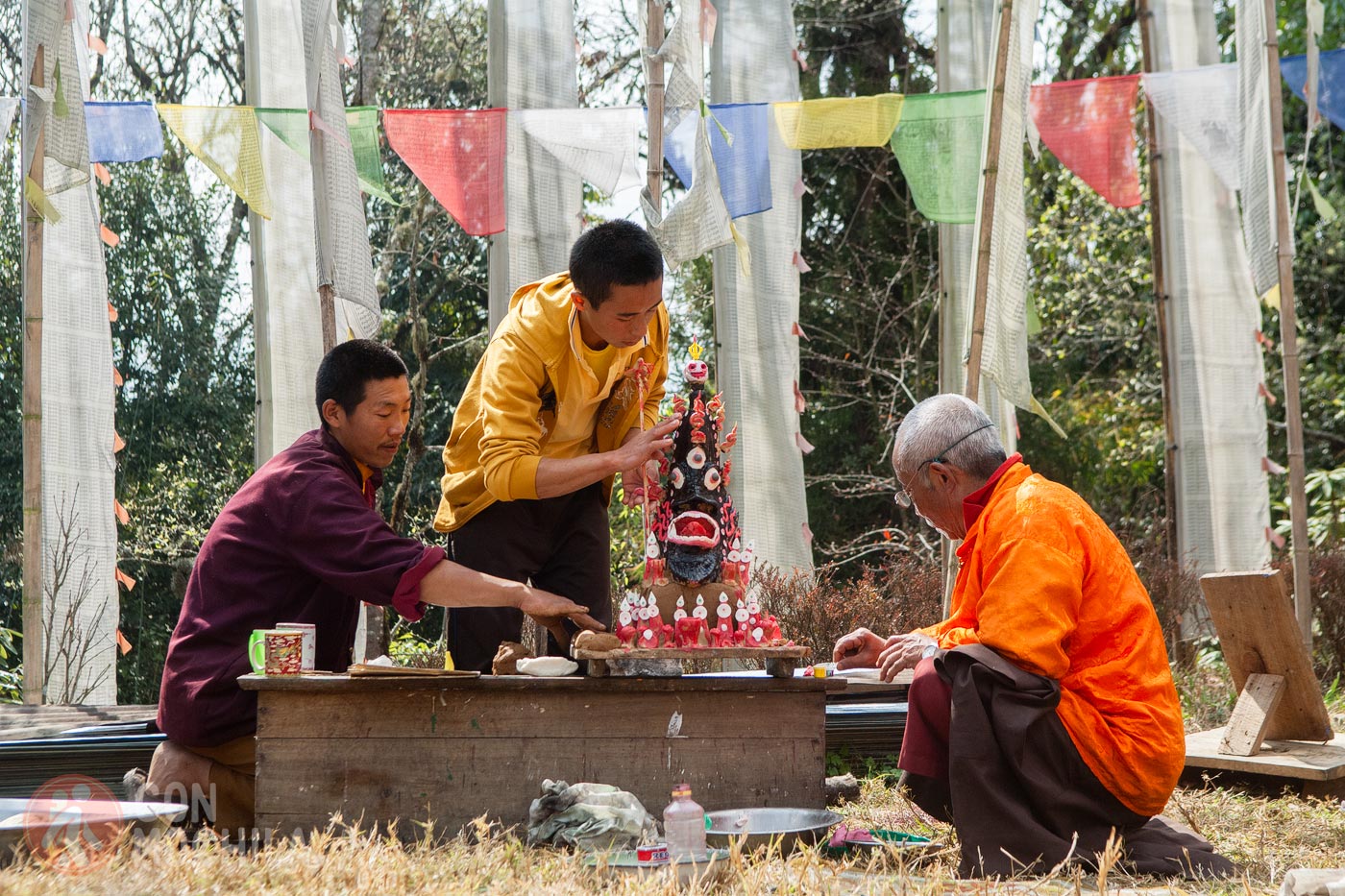
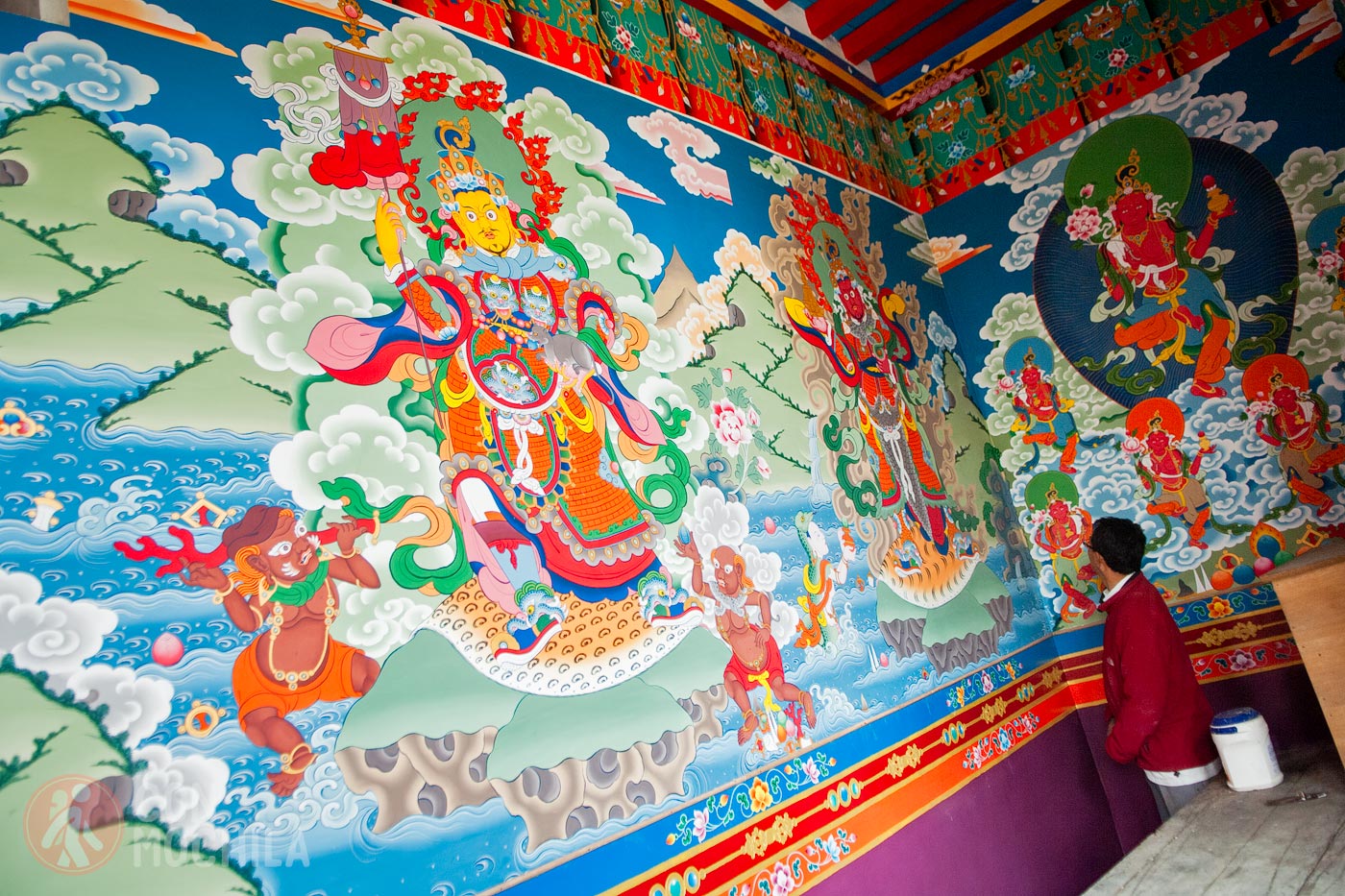
At noon we returned to Melli where we had lunch before setting off again. That afternoon we walked for three hours until we reached Khechuperi.
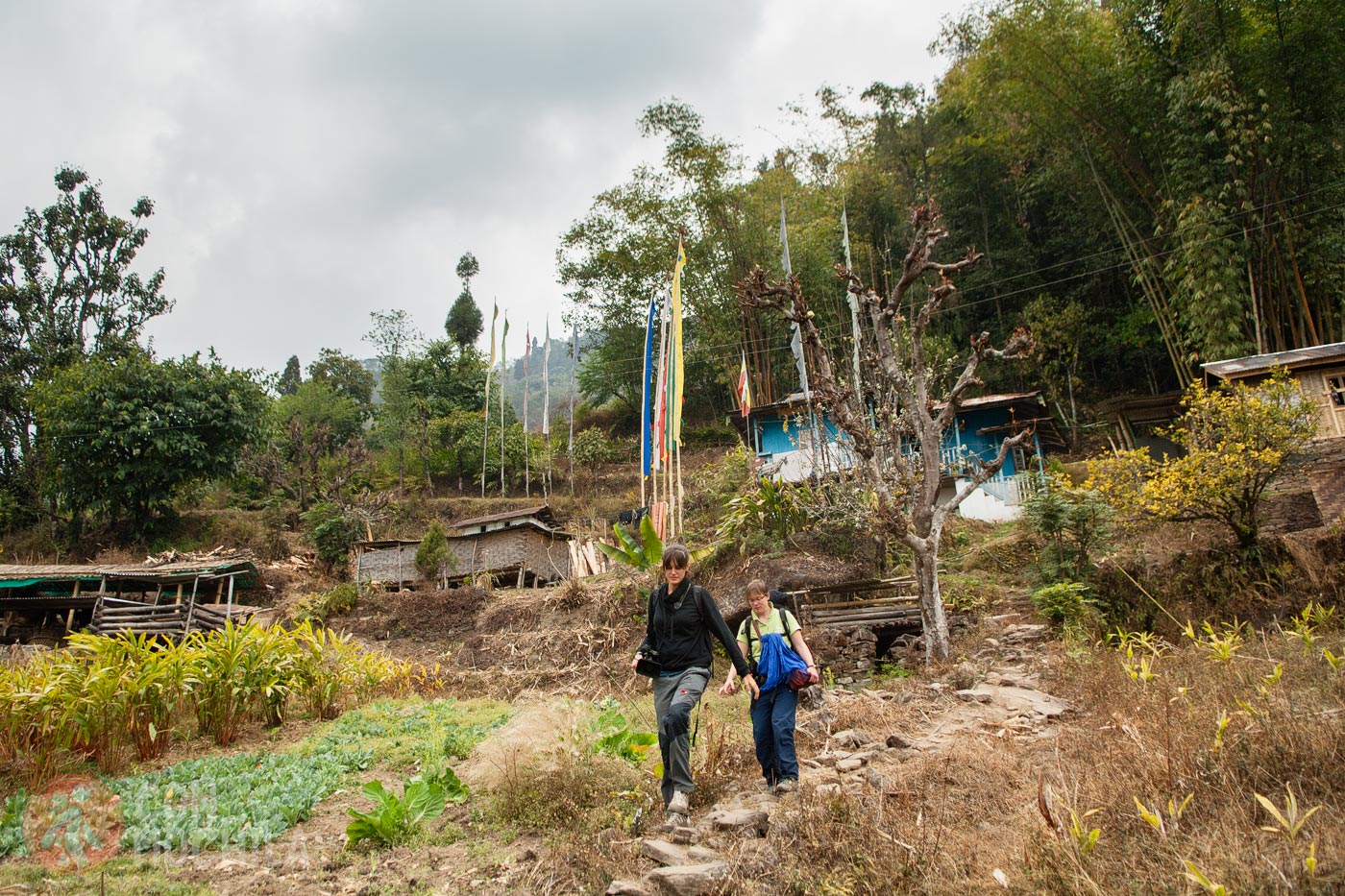
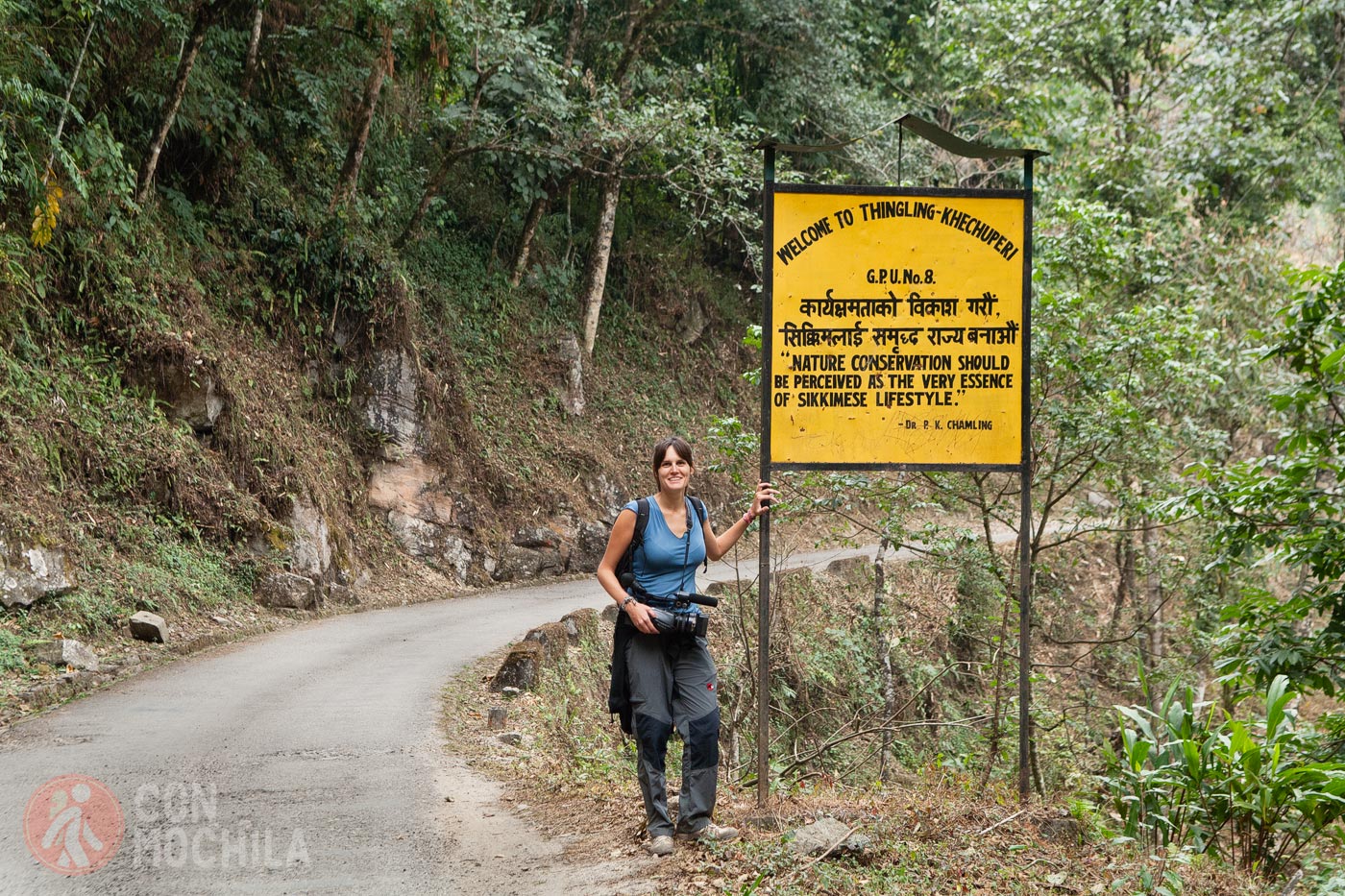
Along the way we came across a group of children who accompanied us for a long time, until we reached a crossroads where the altitude was marked at 1965m.
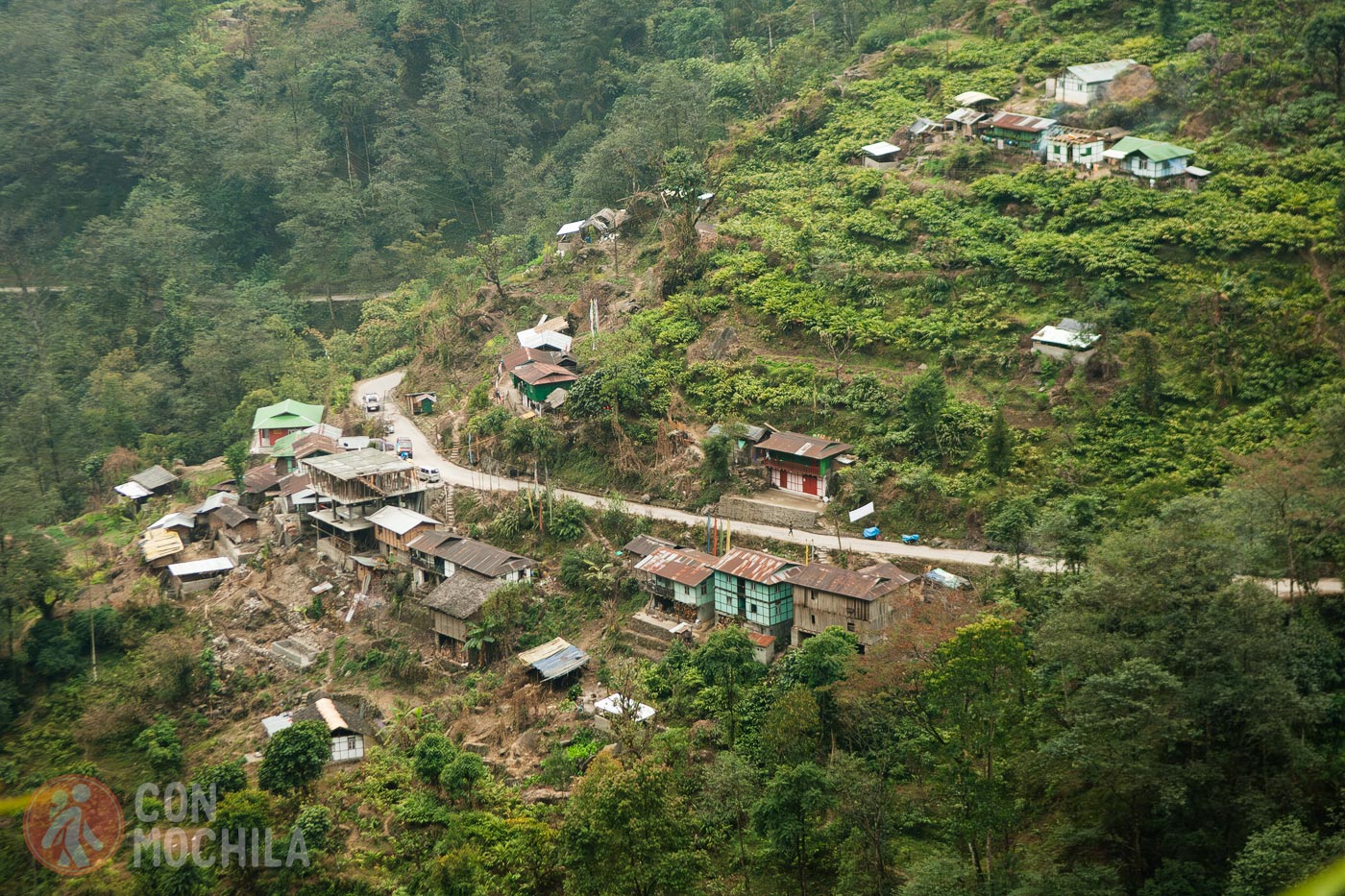
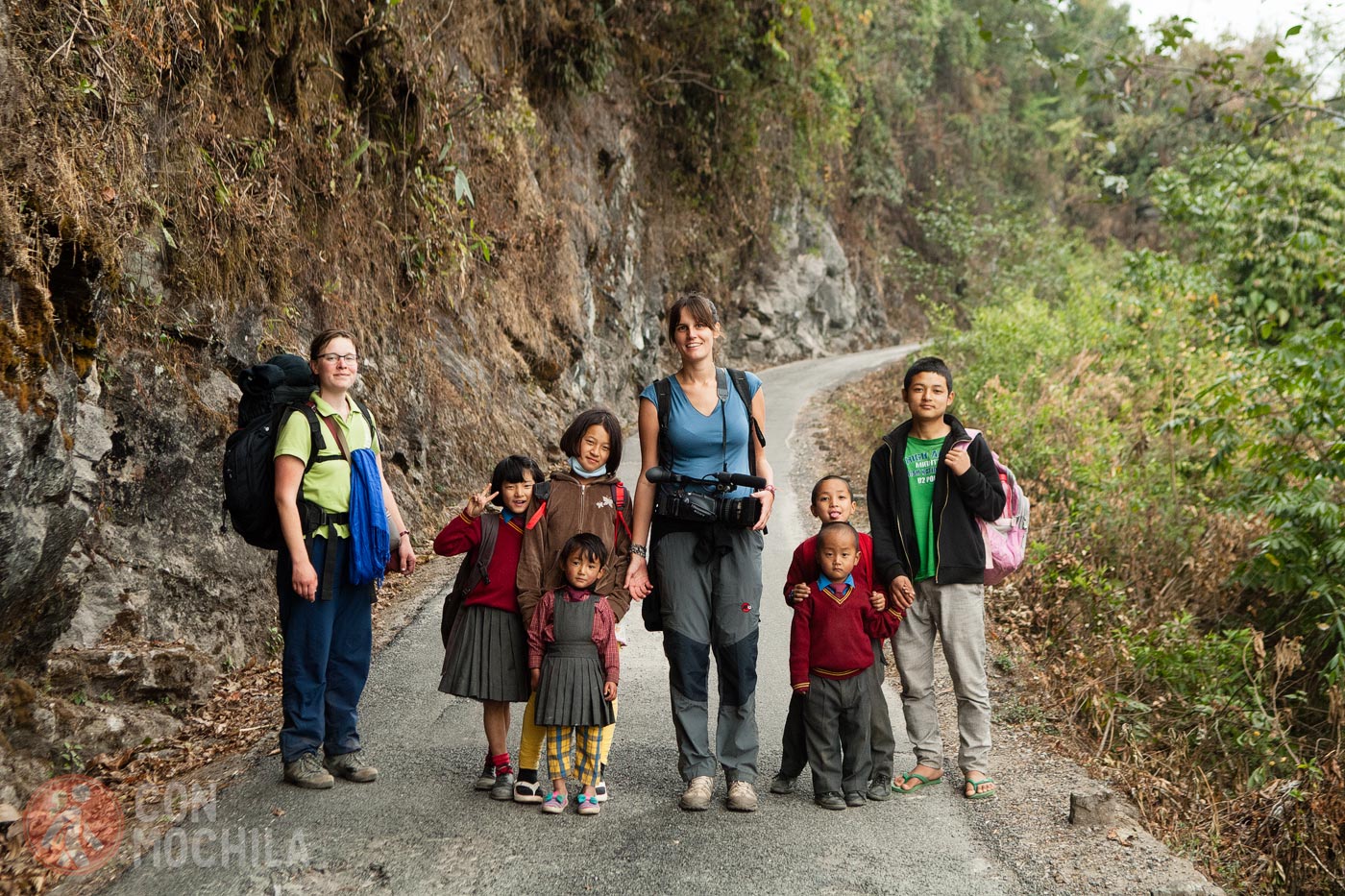
Although the day had not been too hard, we were starting to get a little tired when we arrived at the village, but what really finished us off was the steep hill we had to climb to get to the homestay that a young man had recommended to us as soon as we arrived.
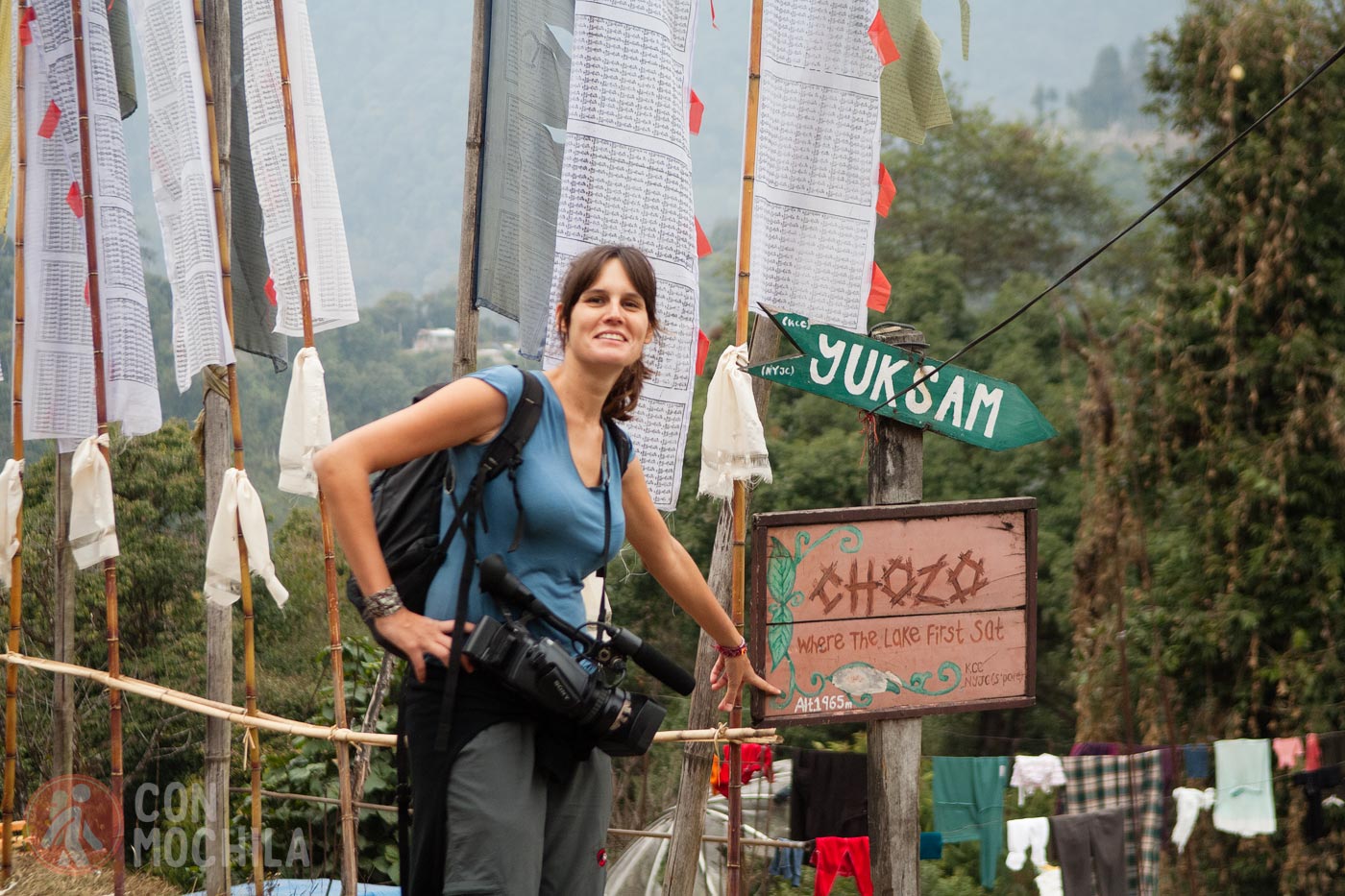
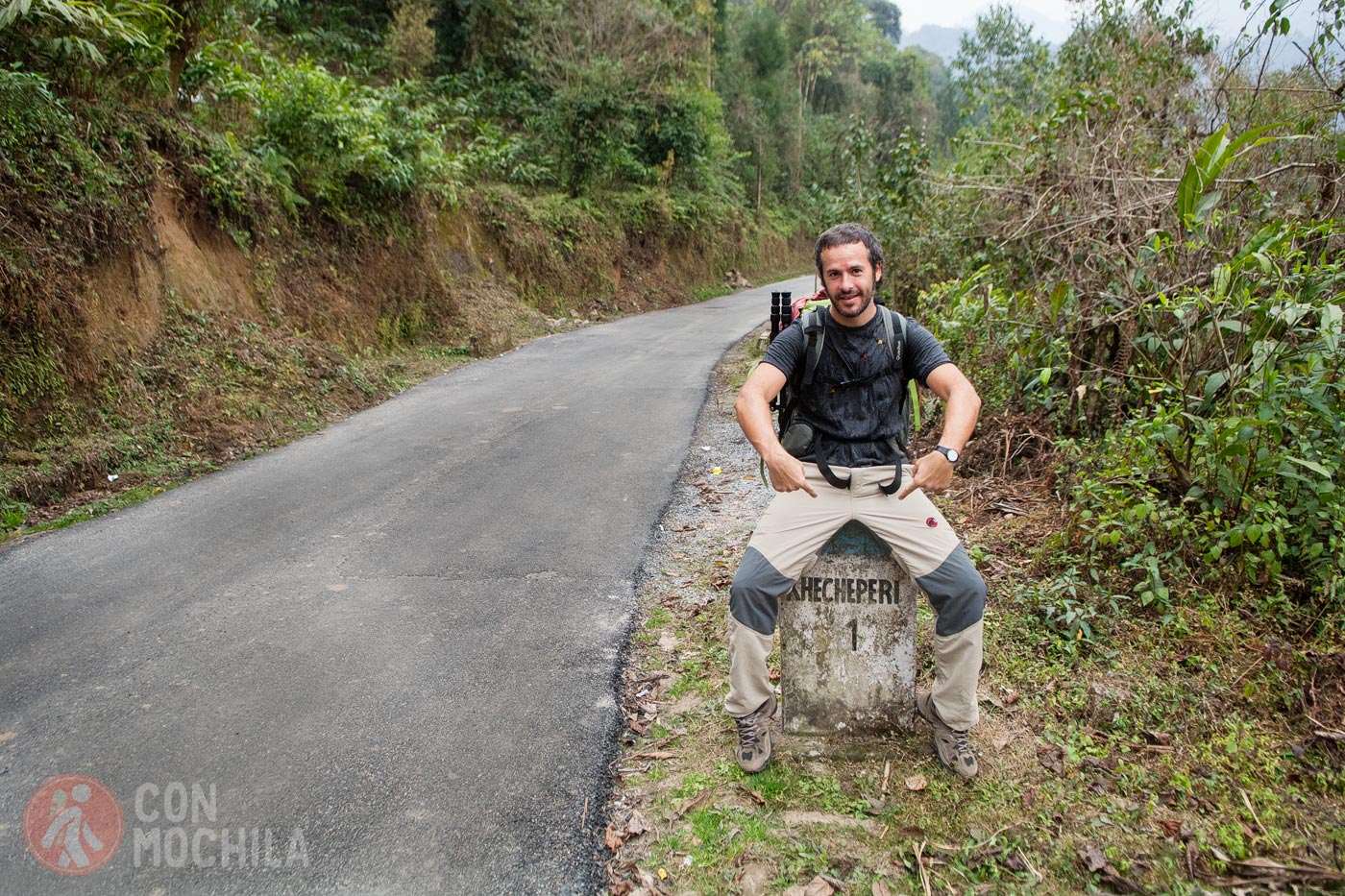
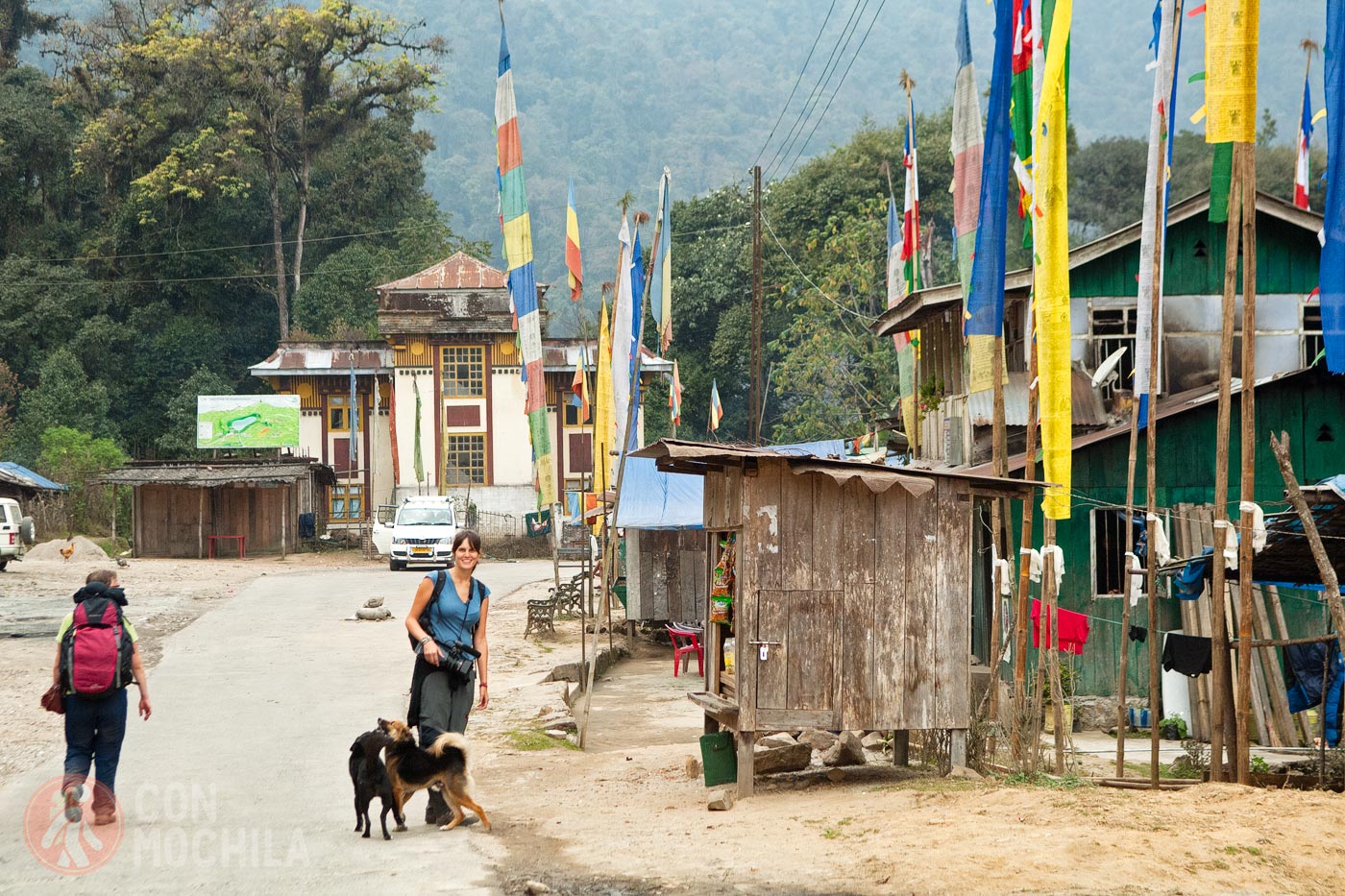
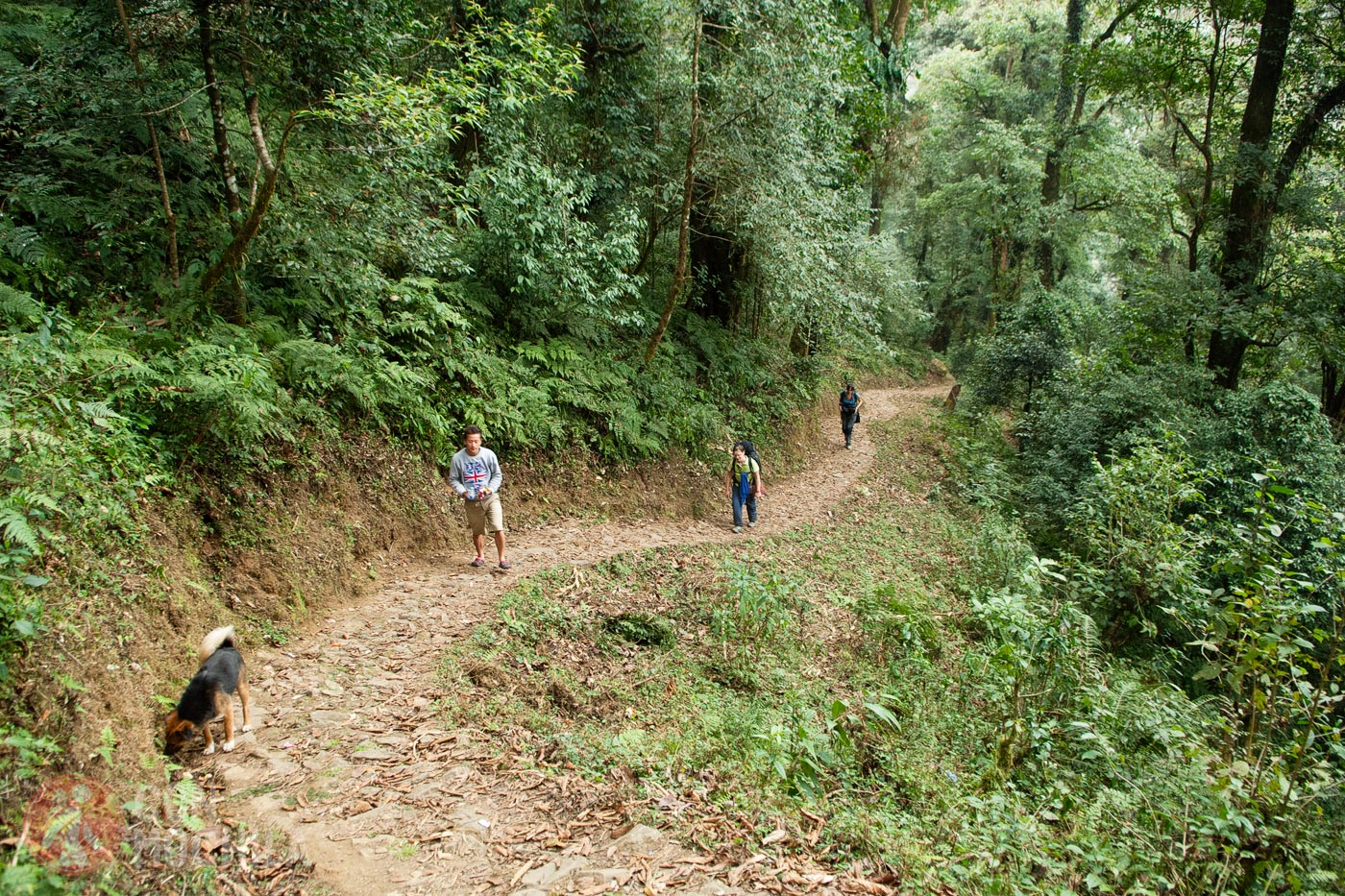
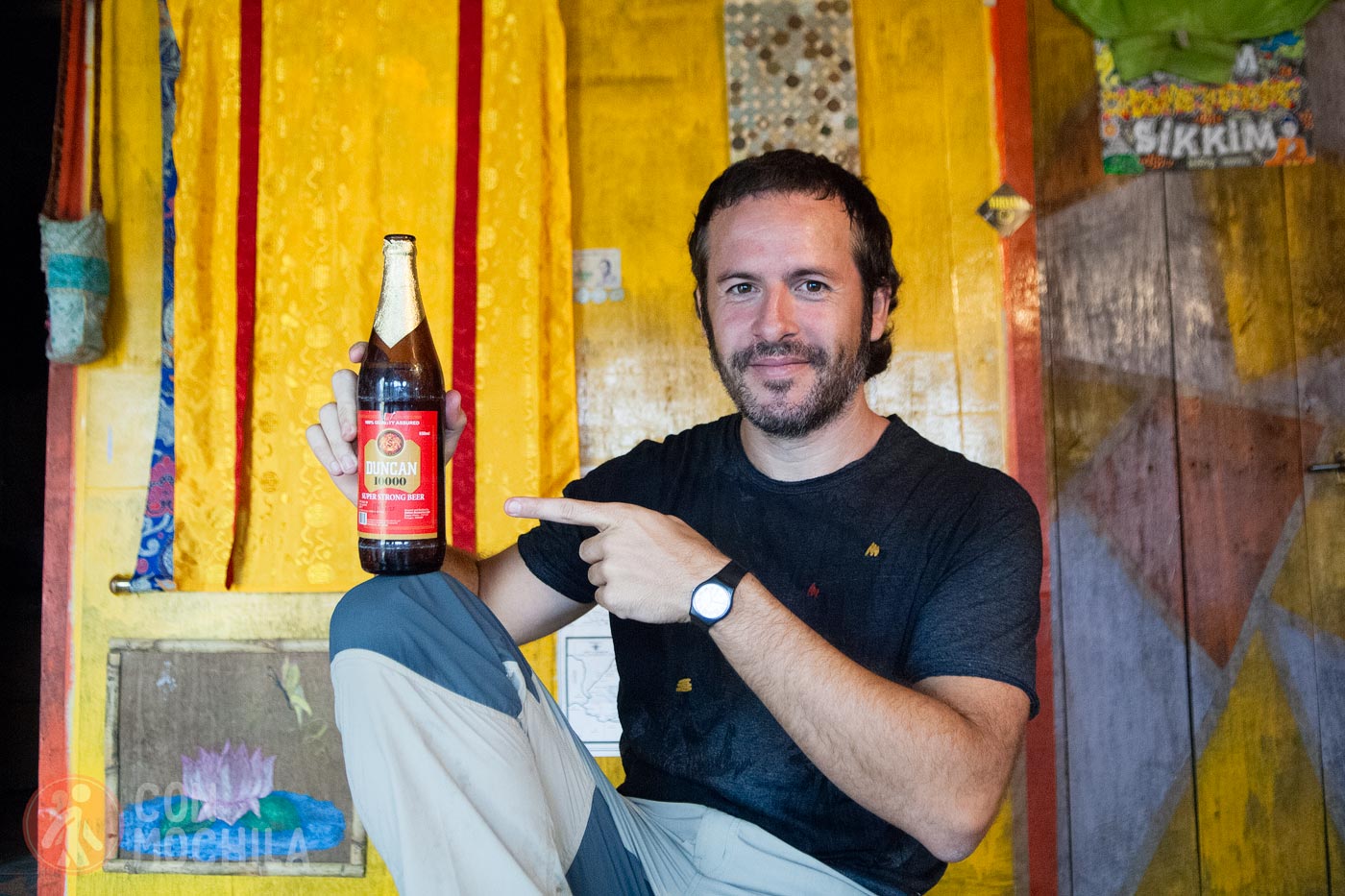
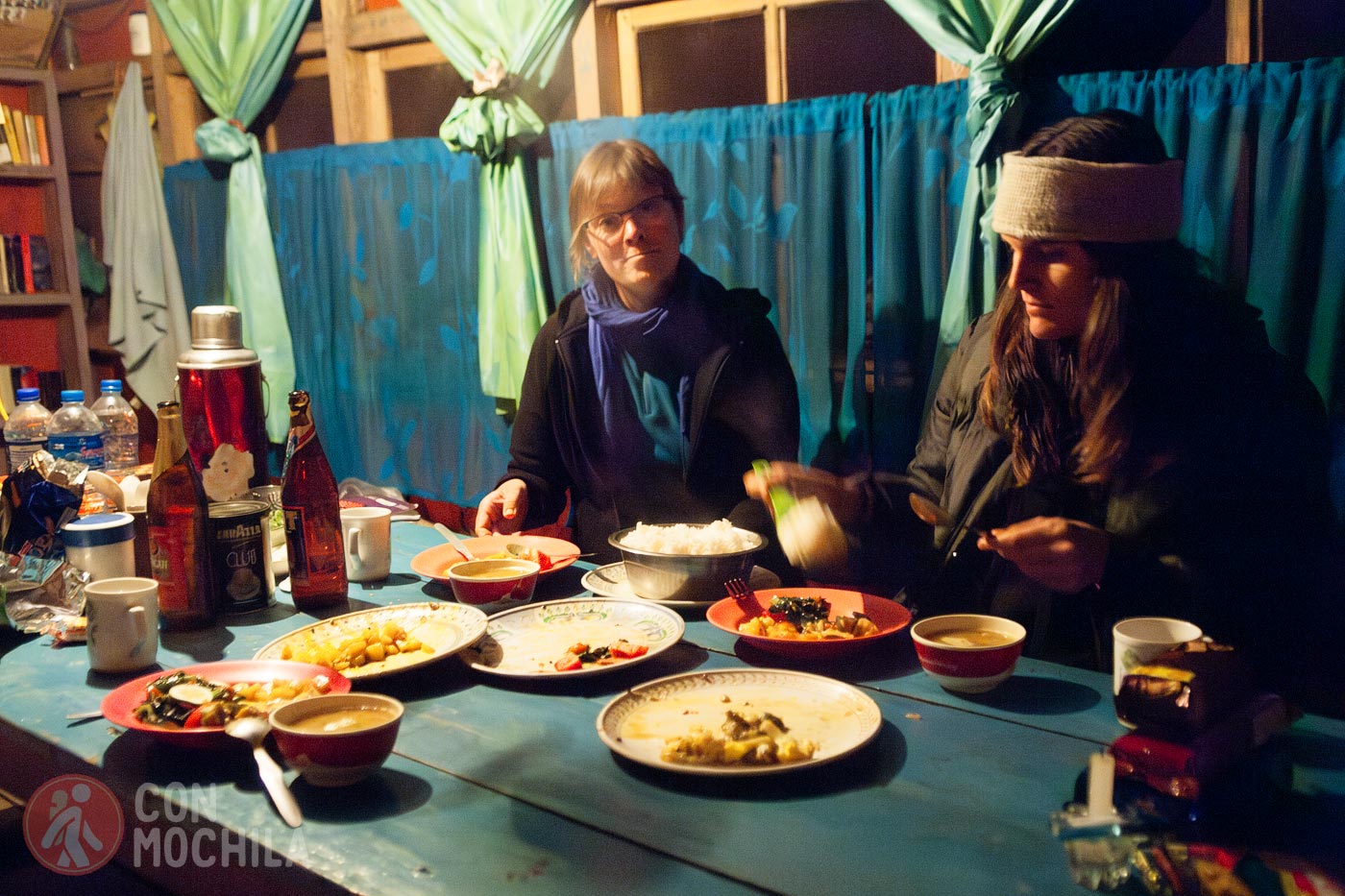
Once we reached the top, we realized that it had been totally worth it, because the tiny village there was very welcoming. It consisted of a few houses, a monastery and the homestay where we were going to stay, and there, so far away from everything, you could only breathe peace.
Despite the distance, we did not lack anything, we enjoyed a copious and exquisite dinner and good company.
We were so comfortable that we immediately knew we wanted to spend another day there; the next day we would take advantage of the opportunity to rest and visit the area.
ACTIVE CAMPAIGN !
Until december 1st, you can get an automatic 15% discount on your Heymondo travel insurance.